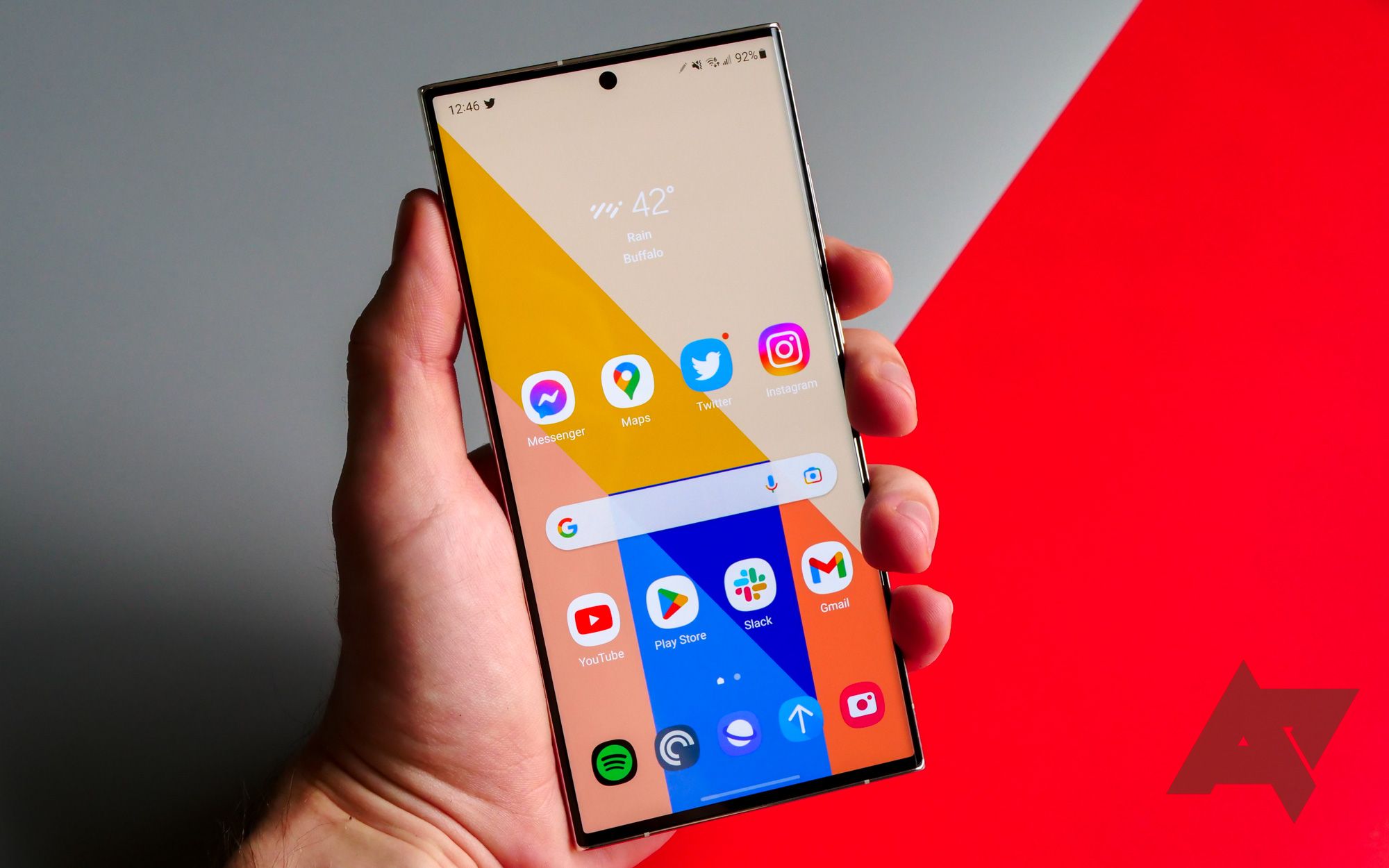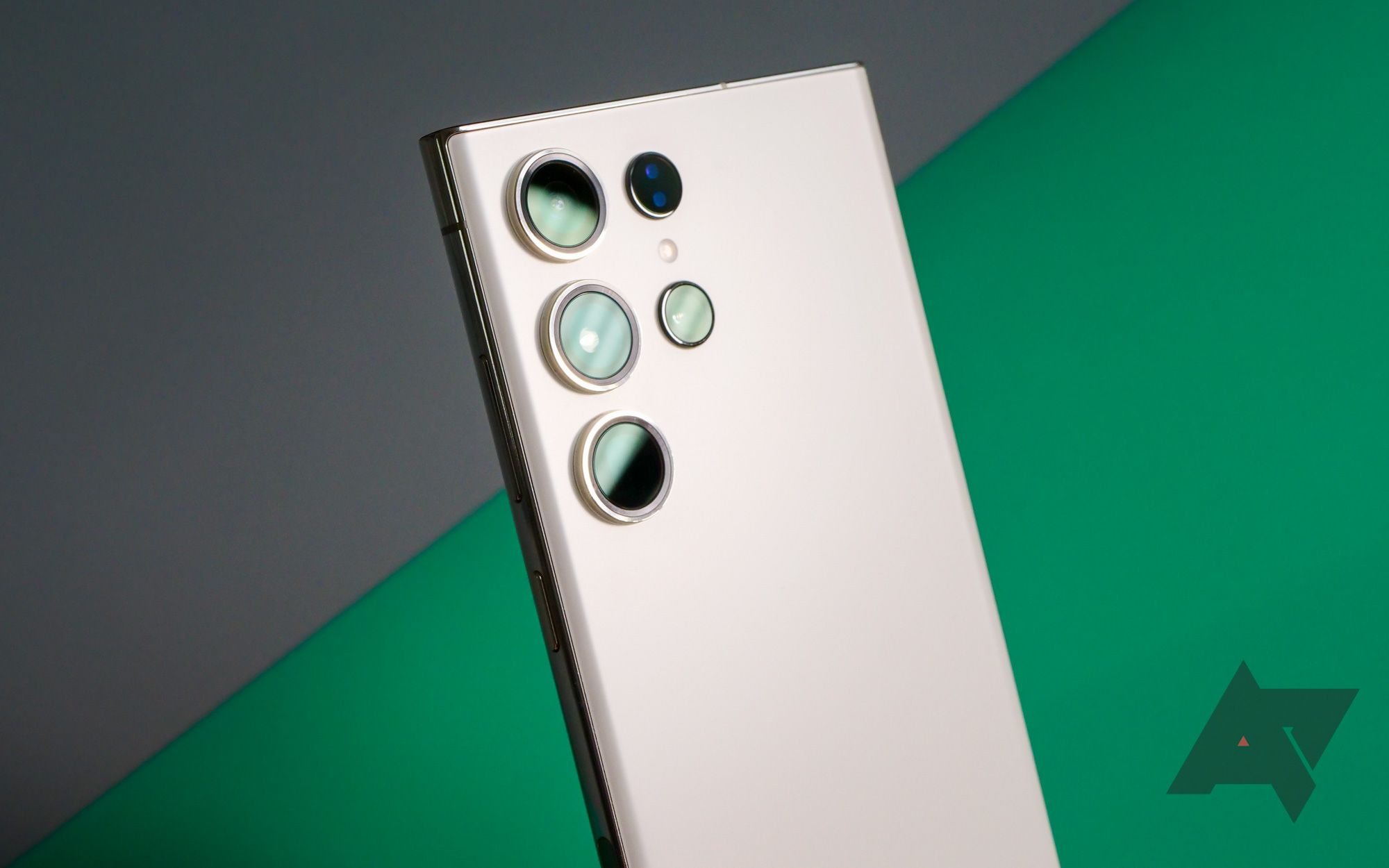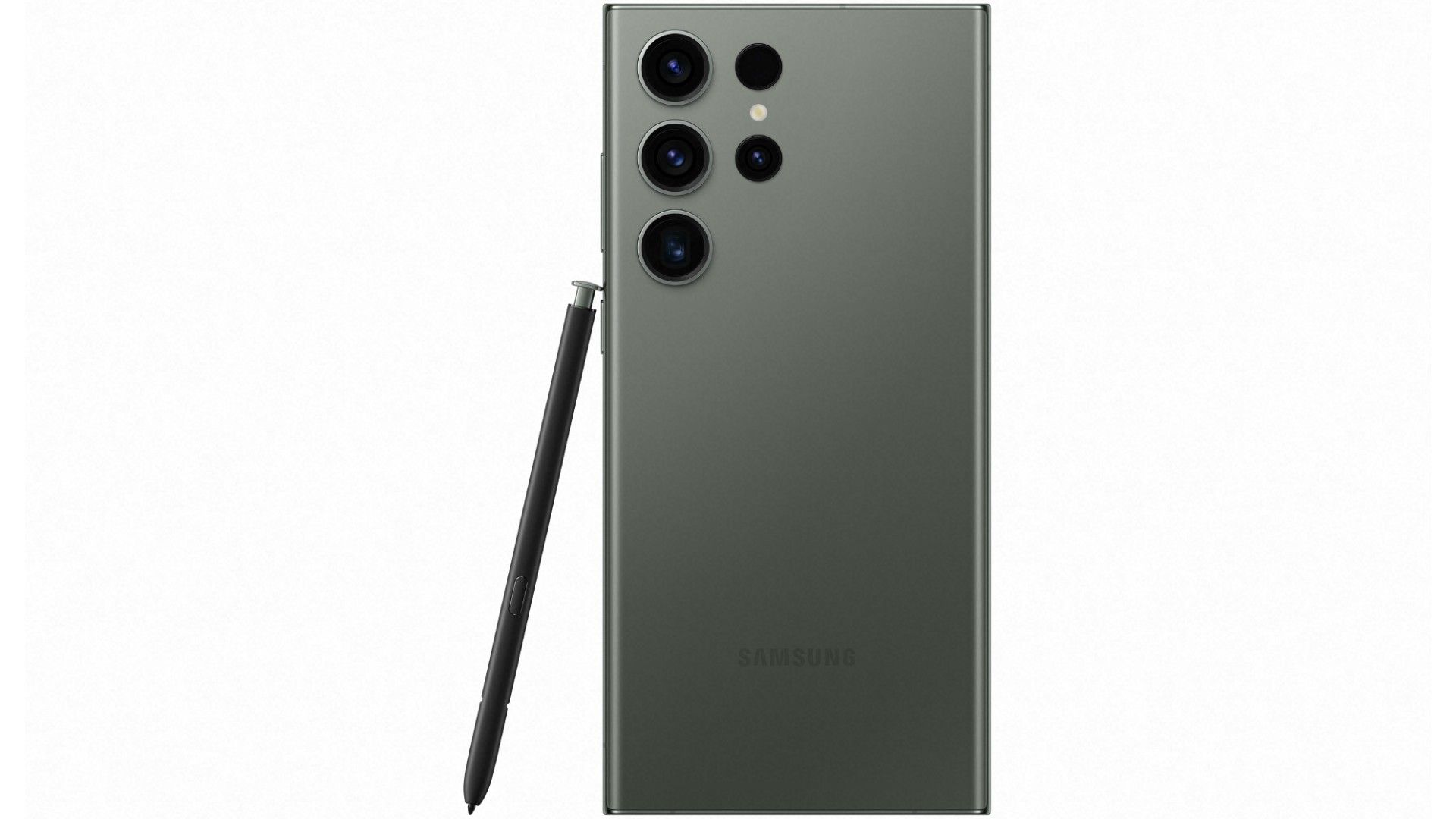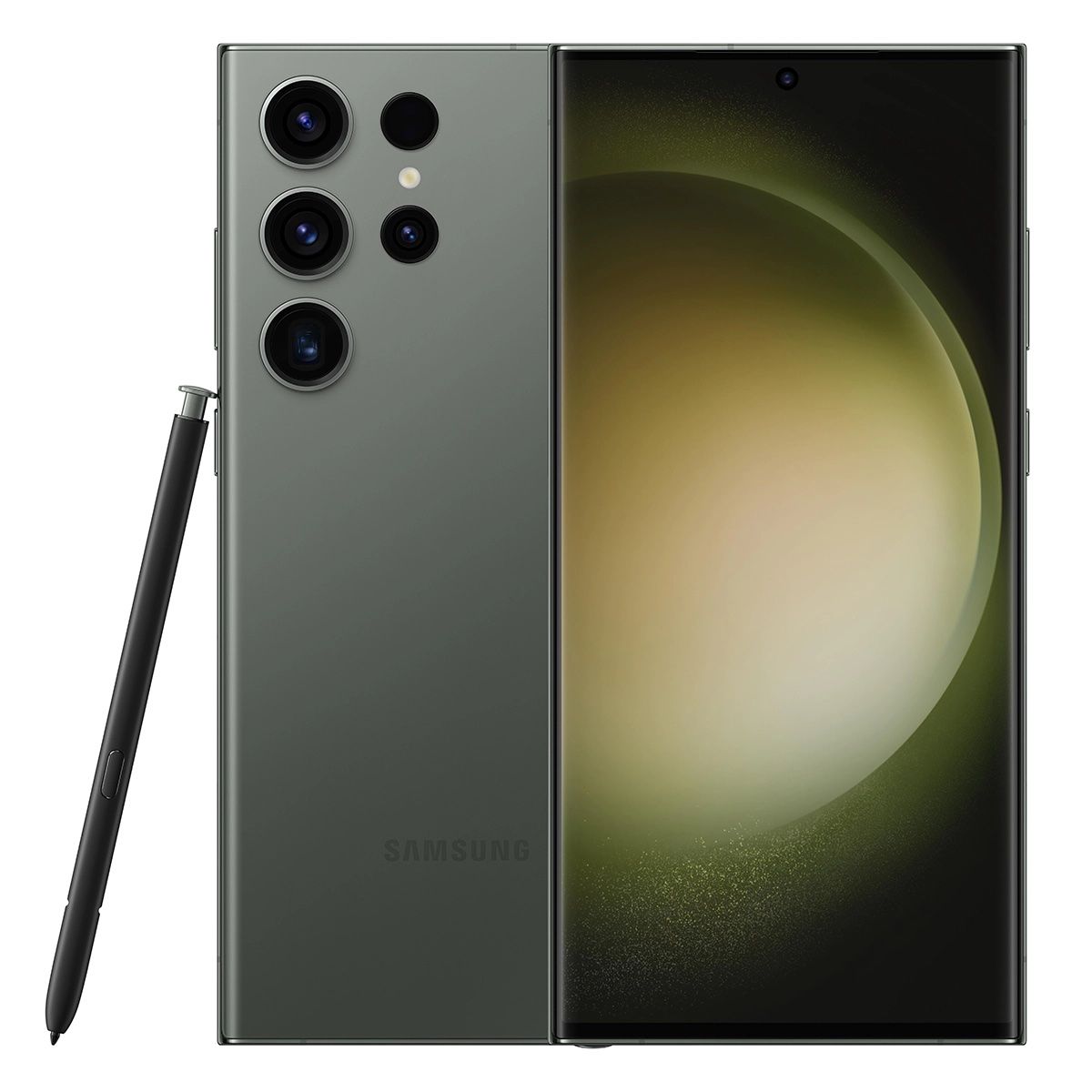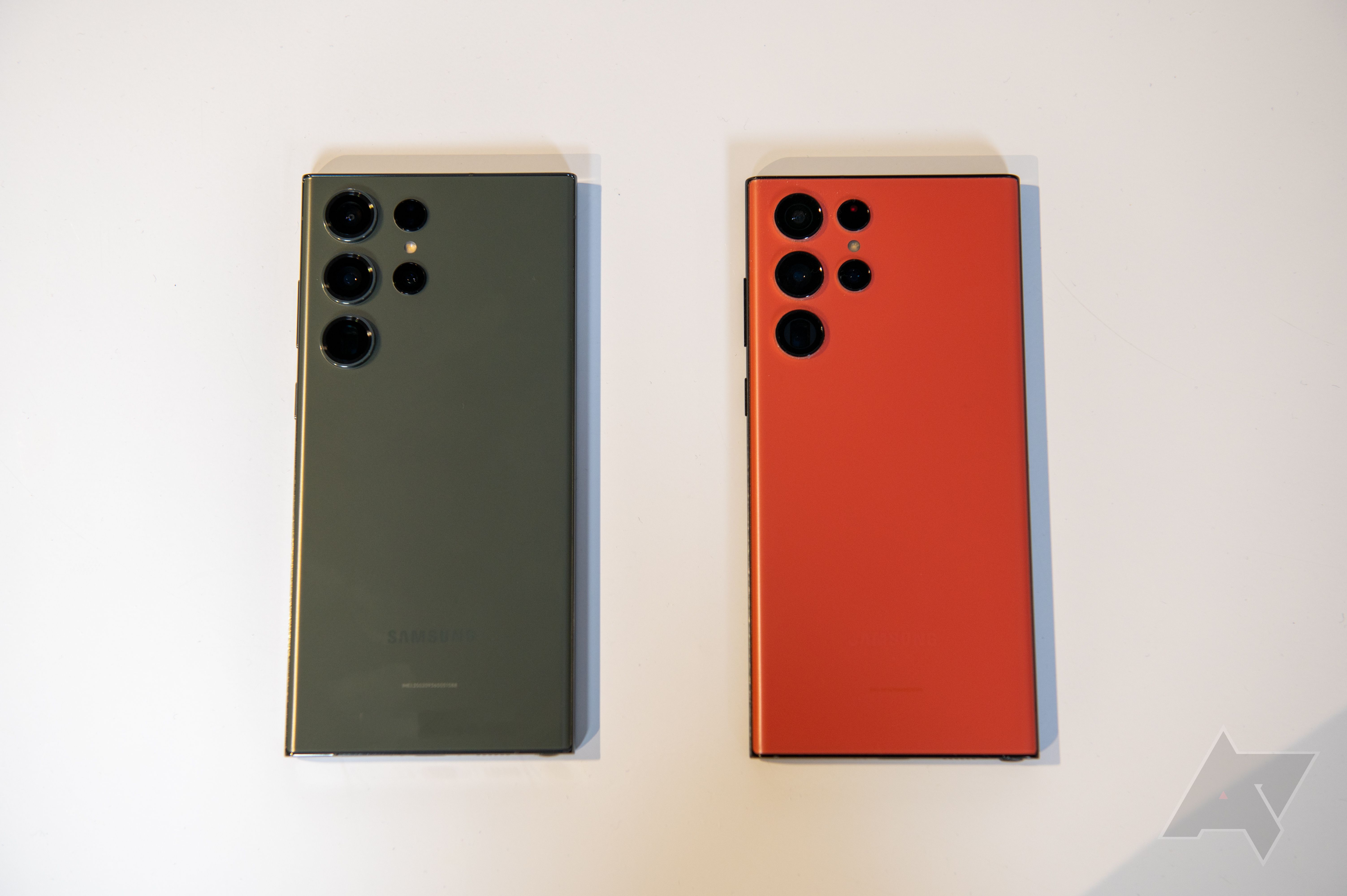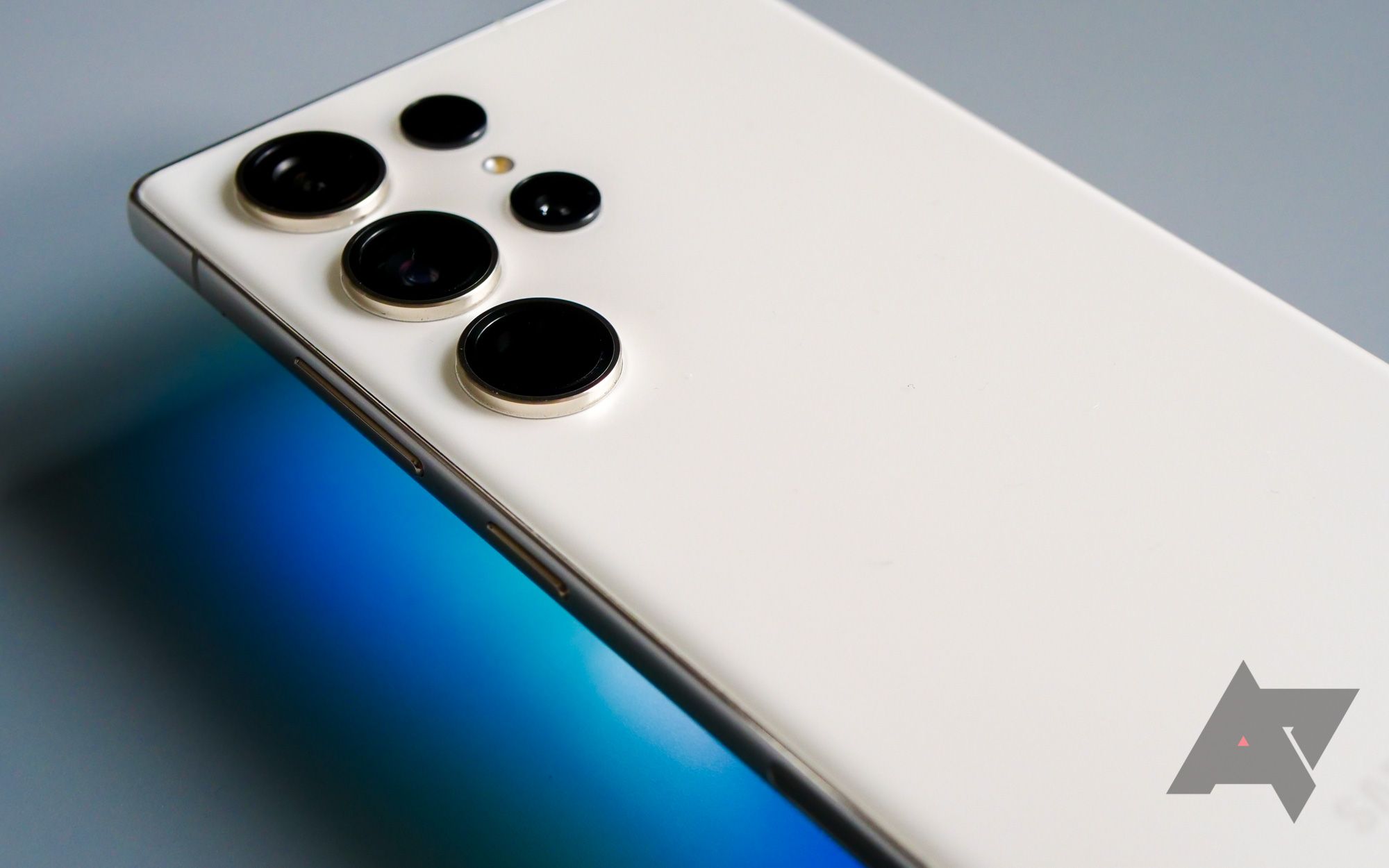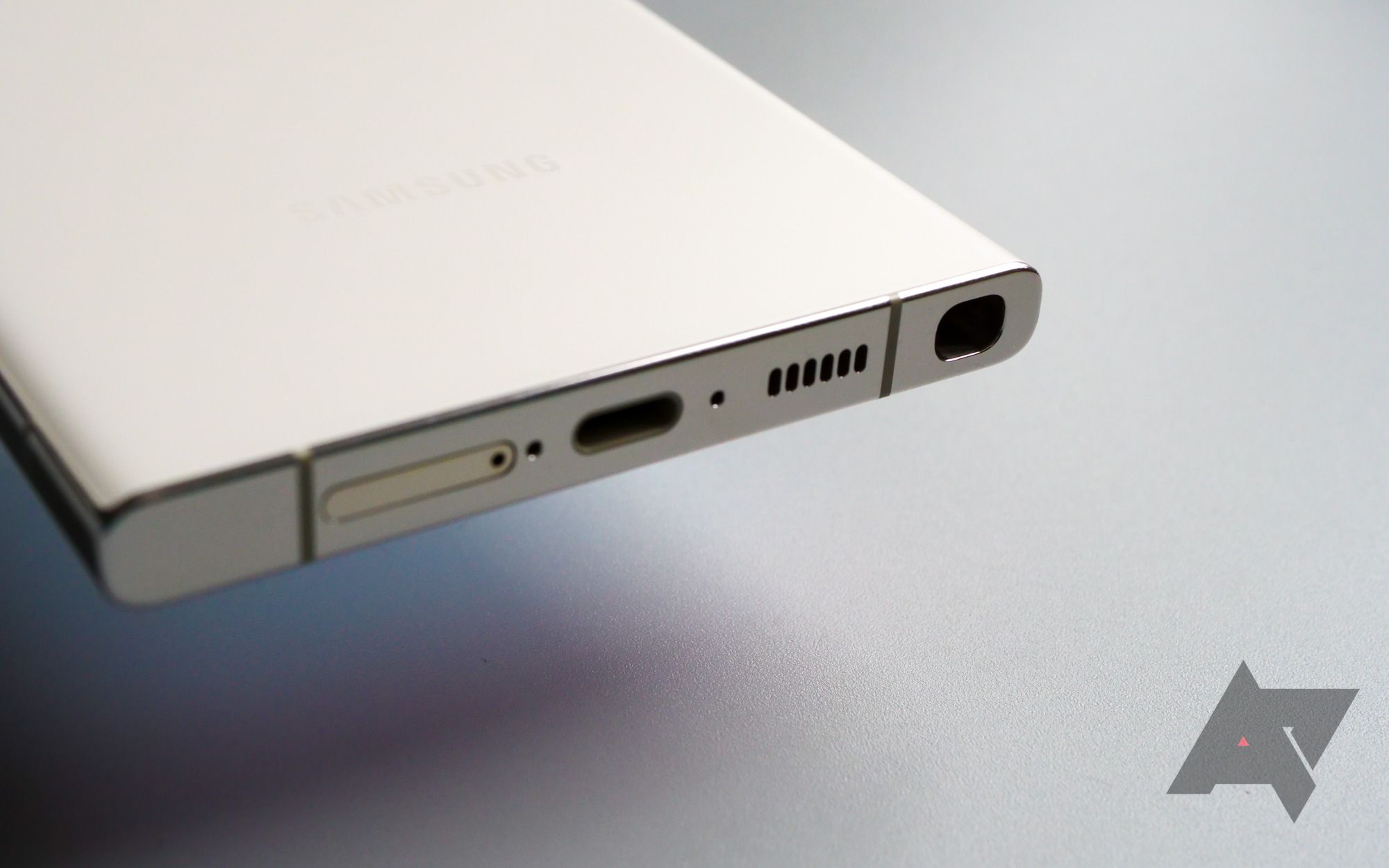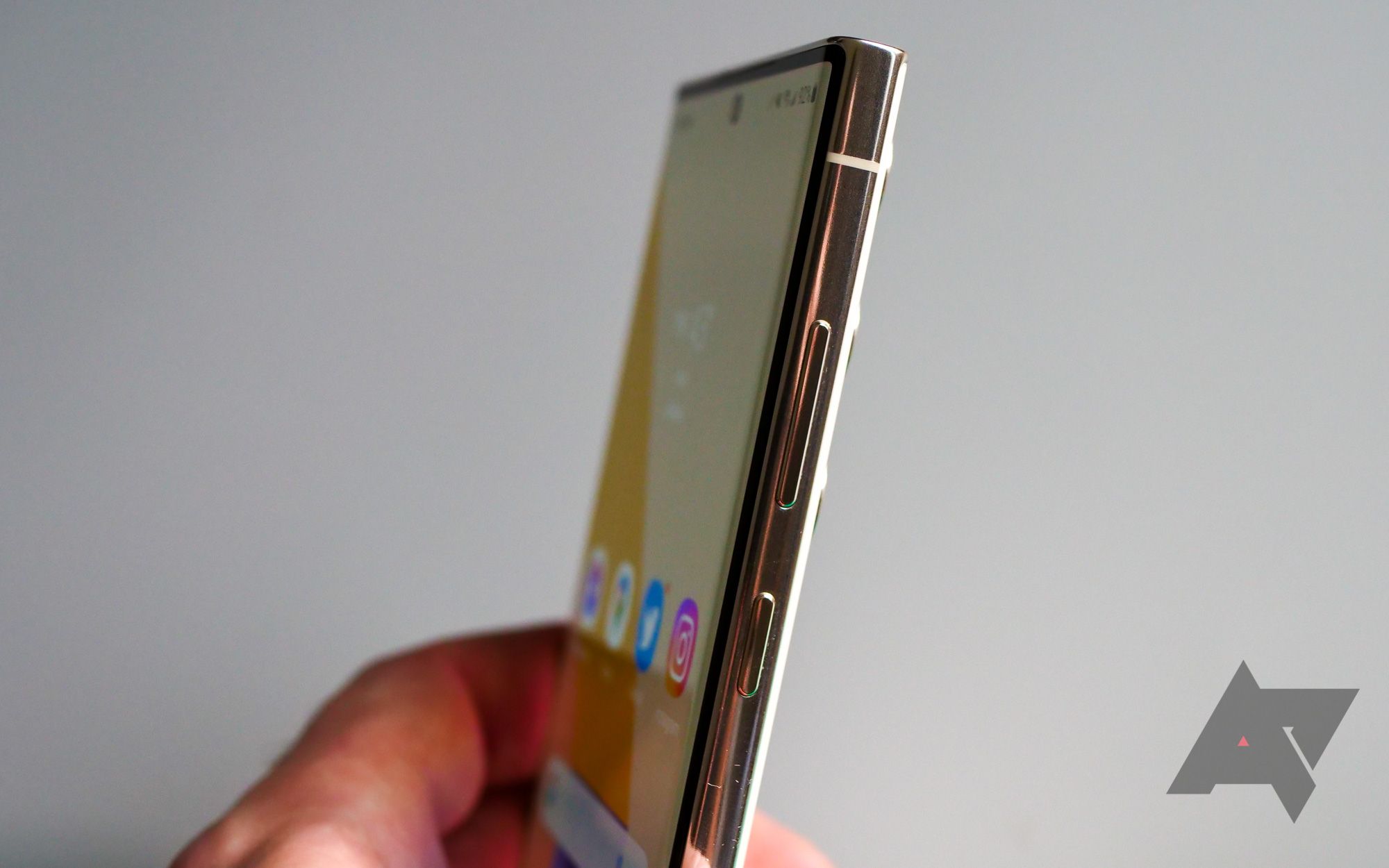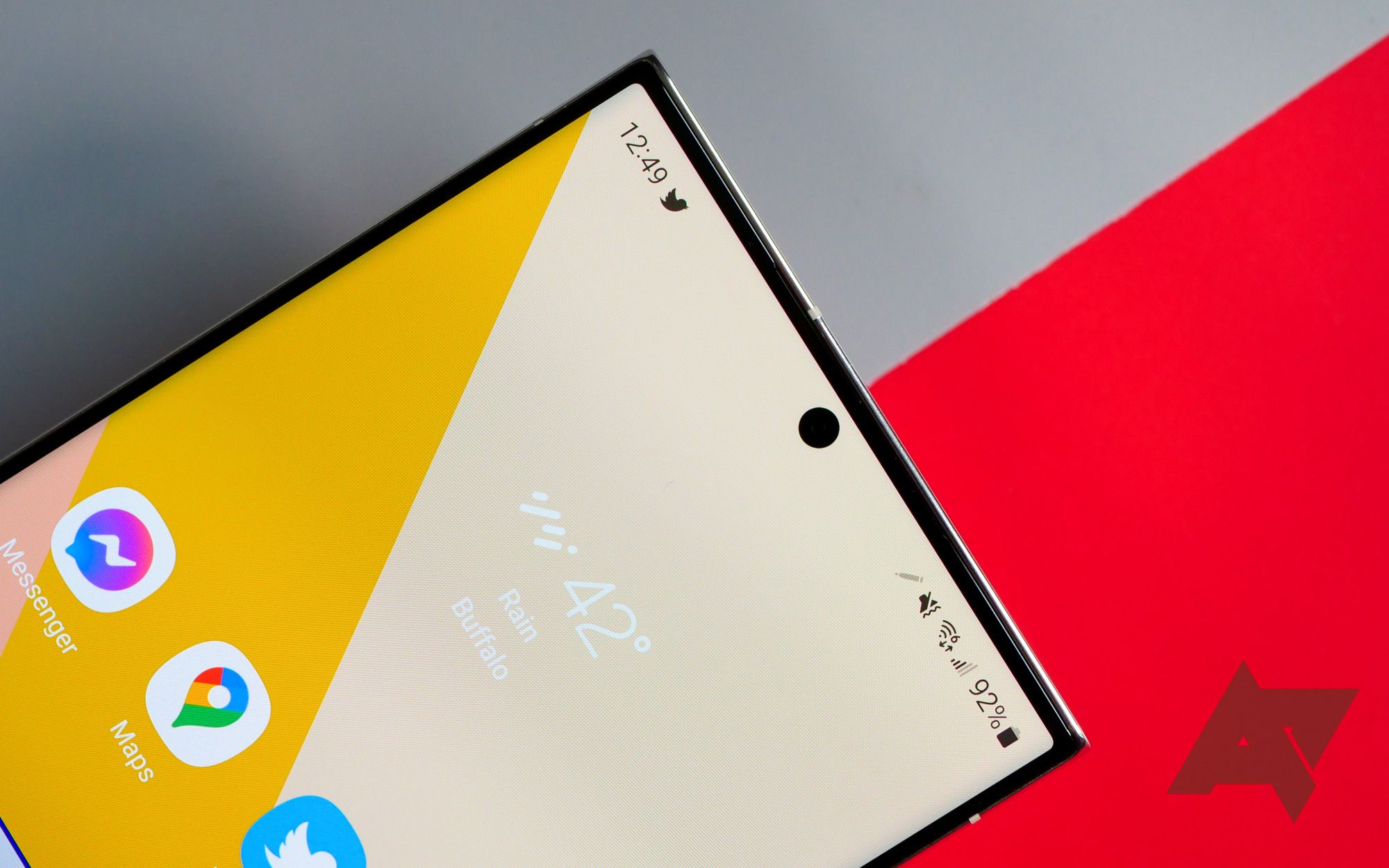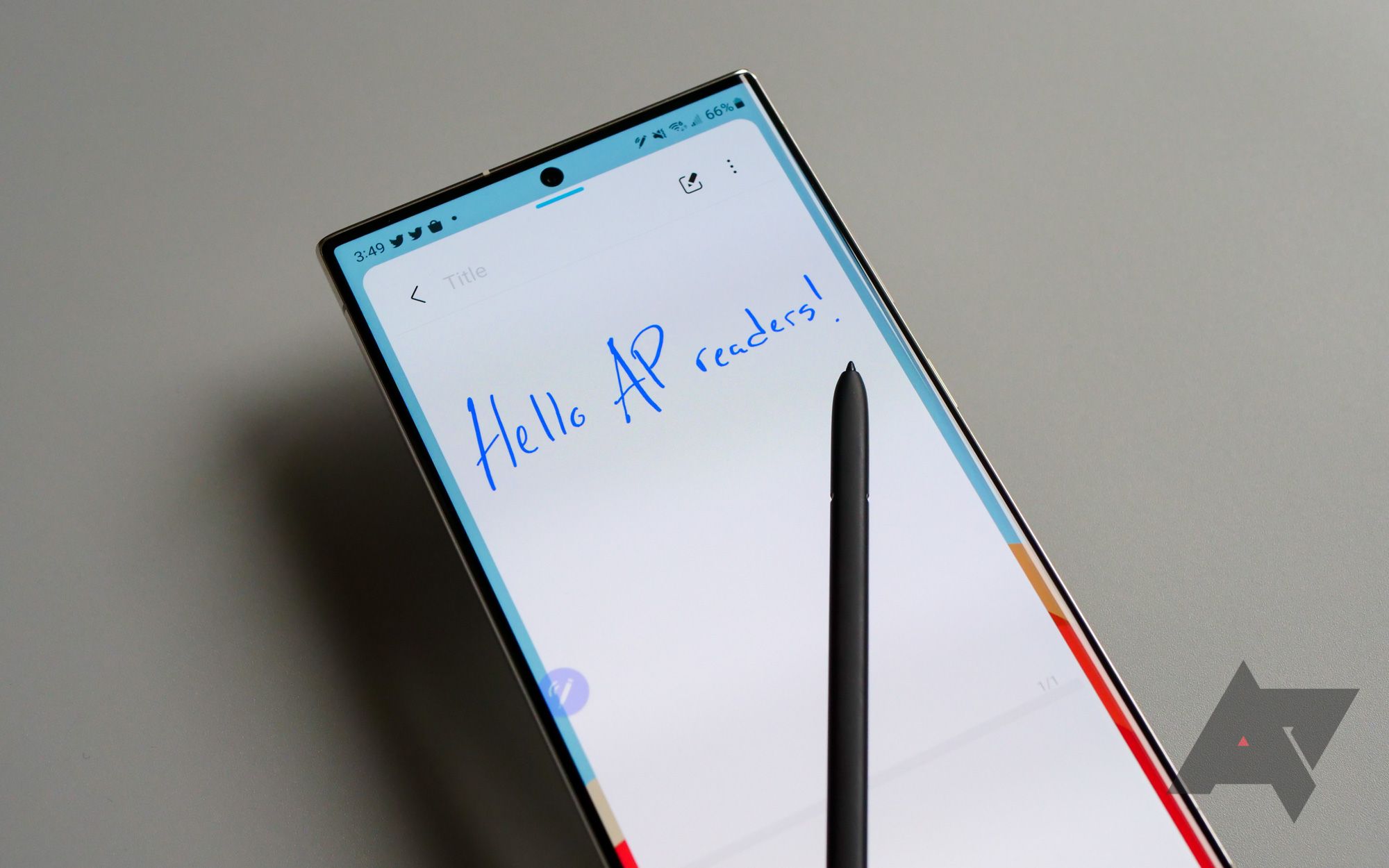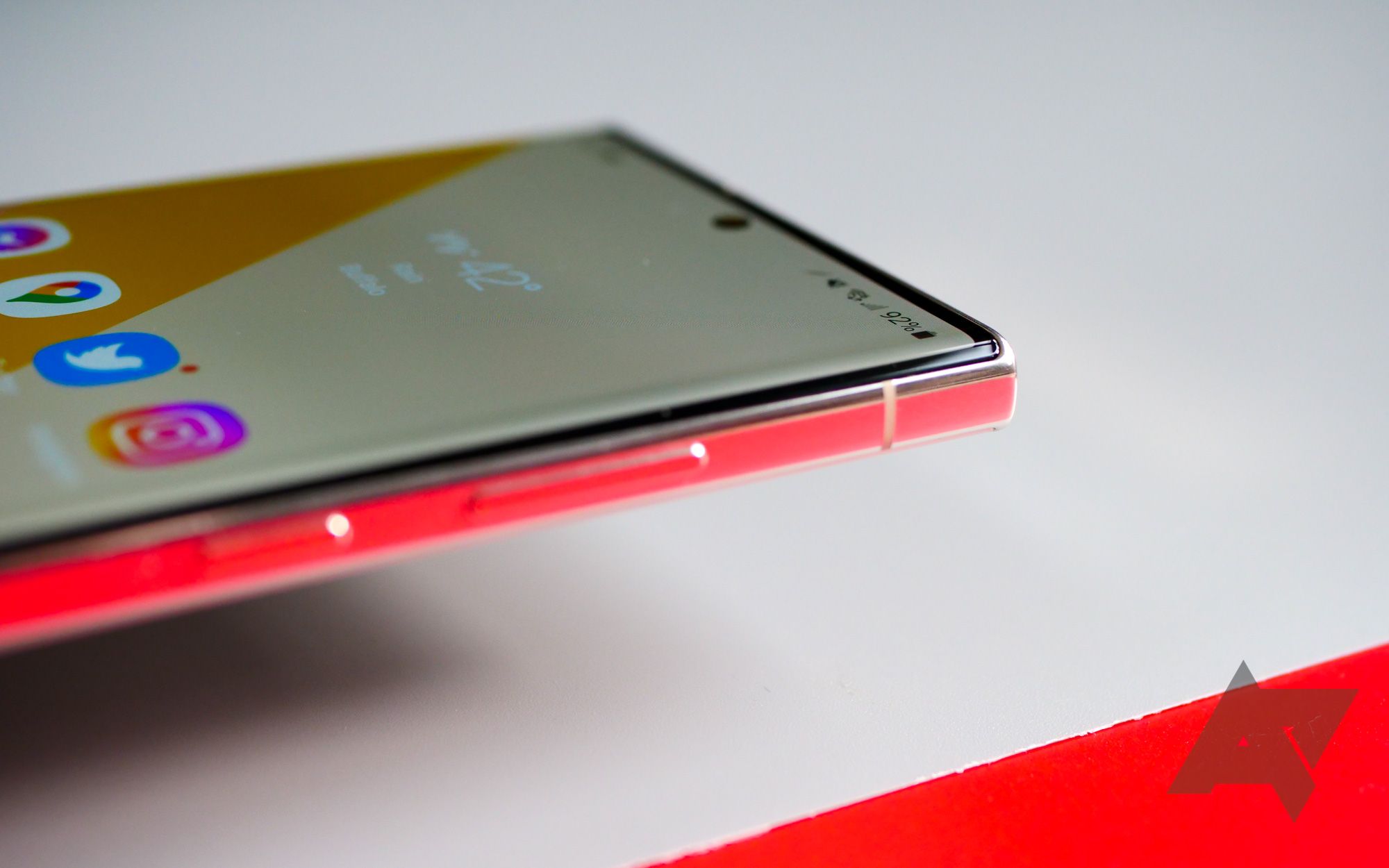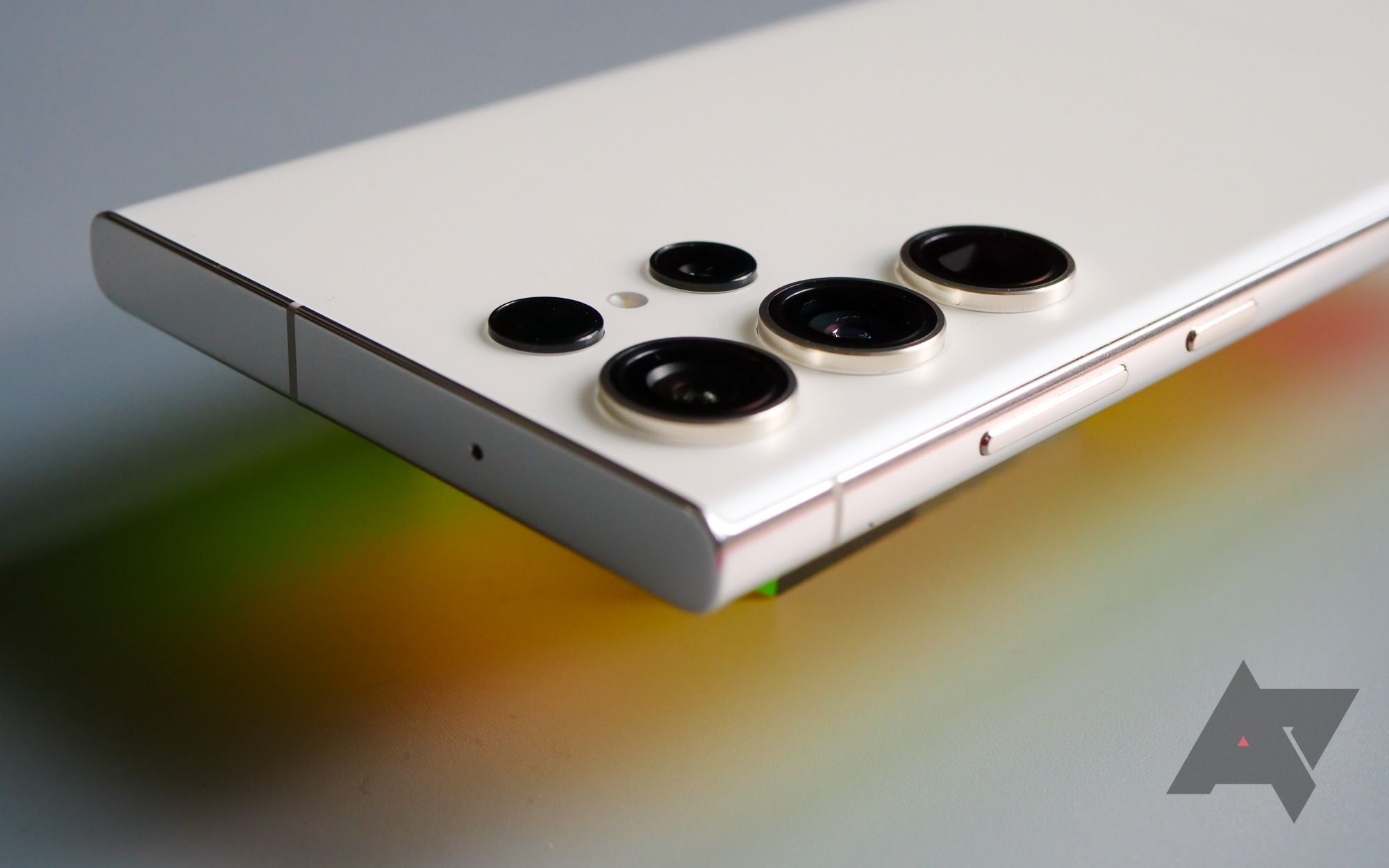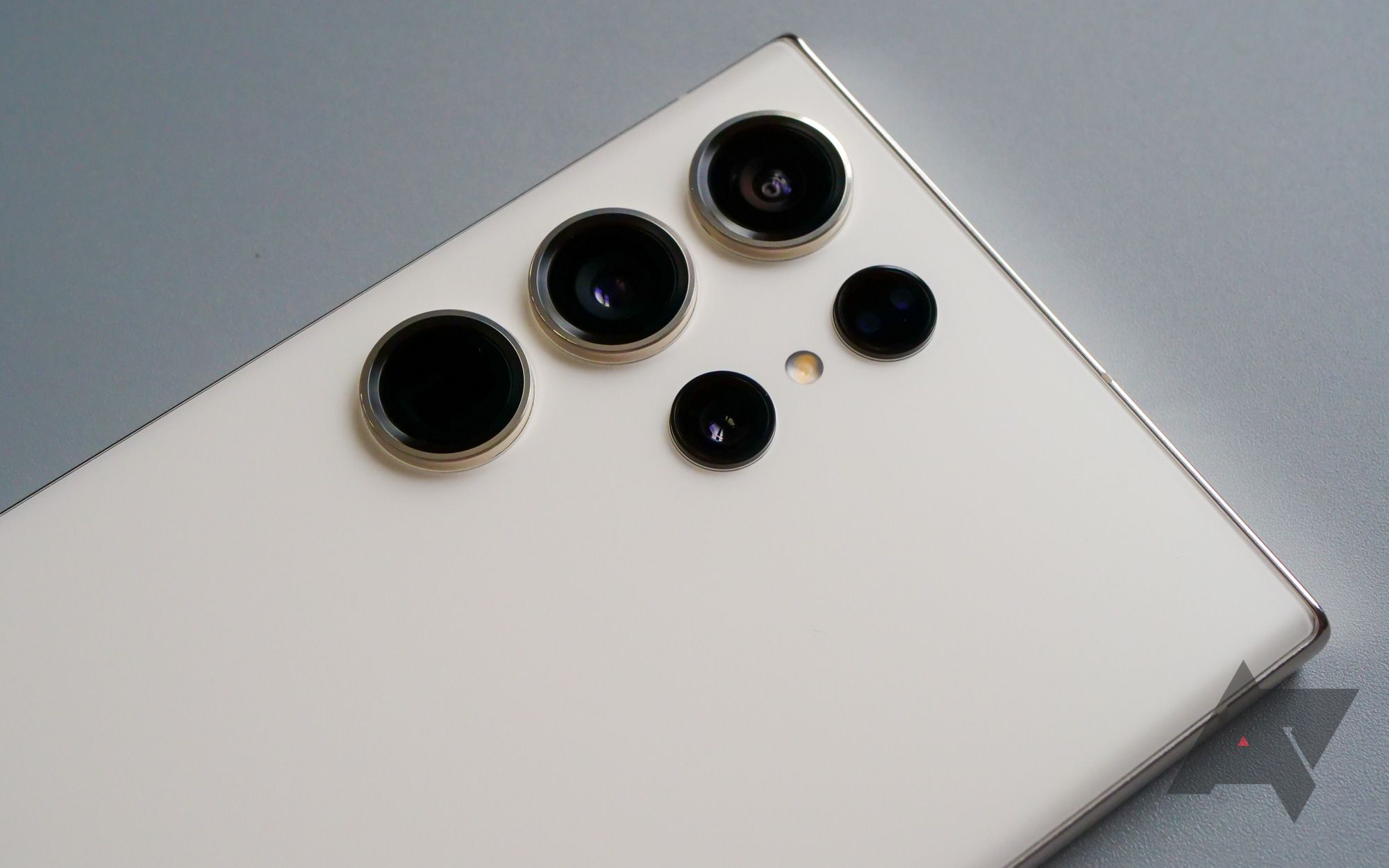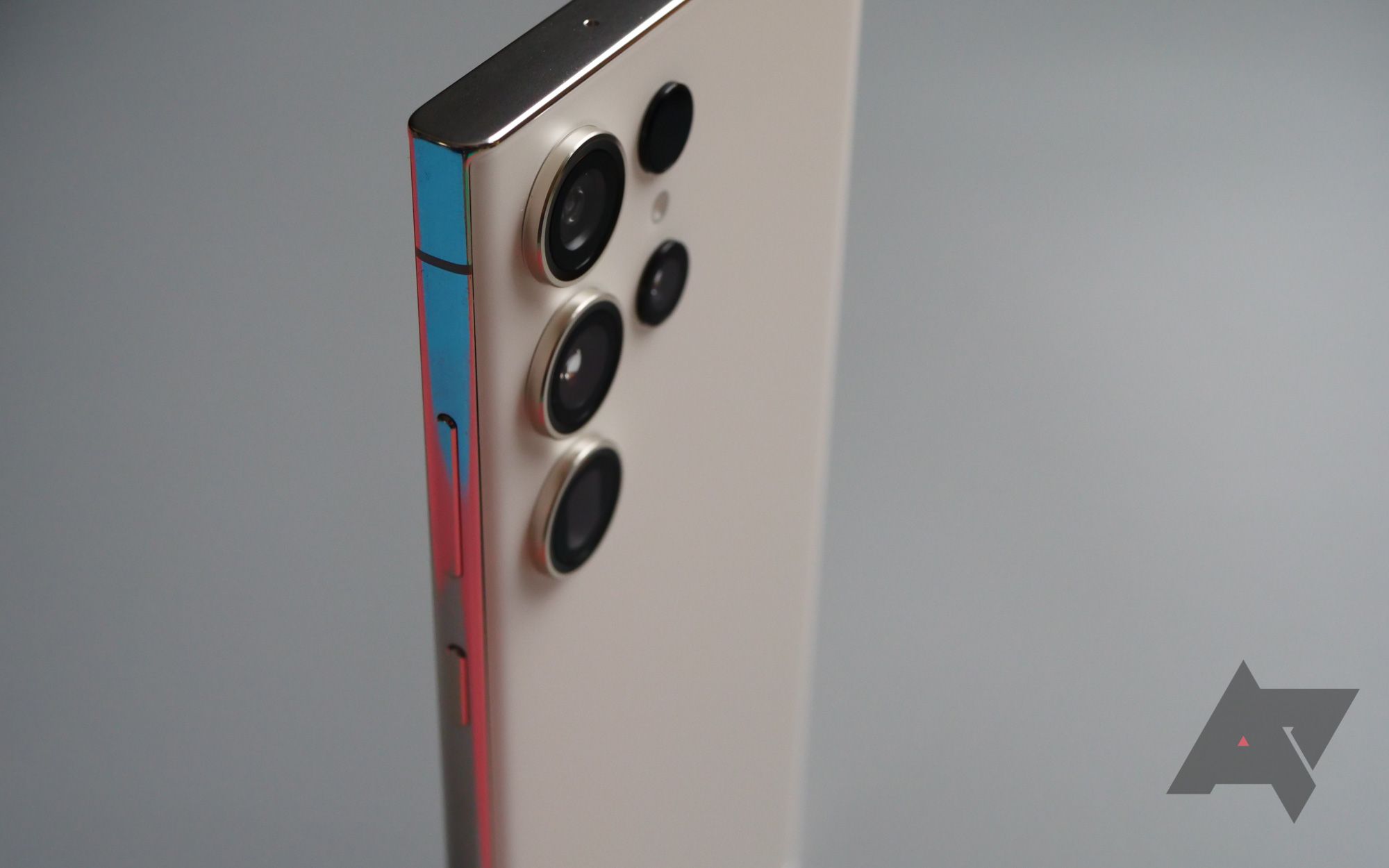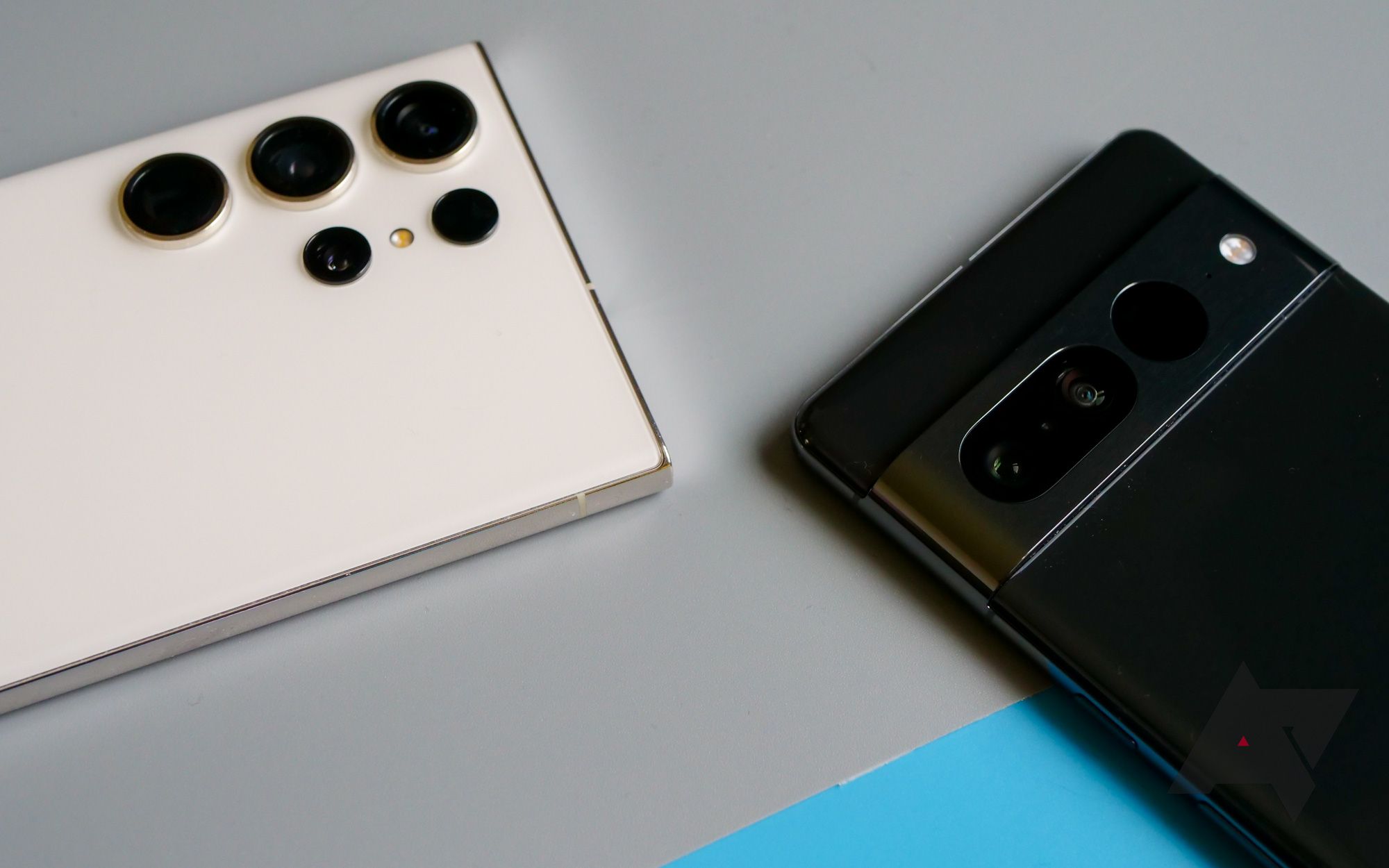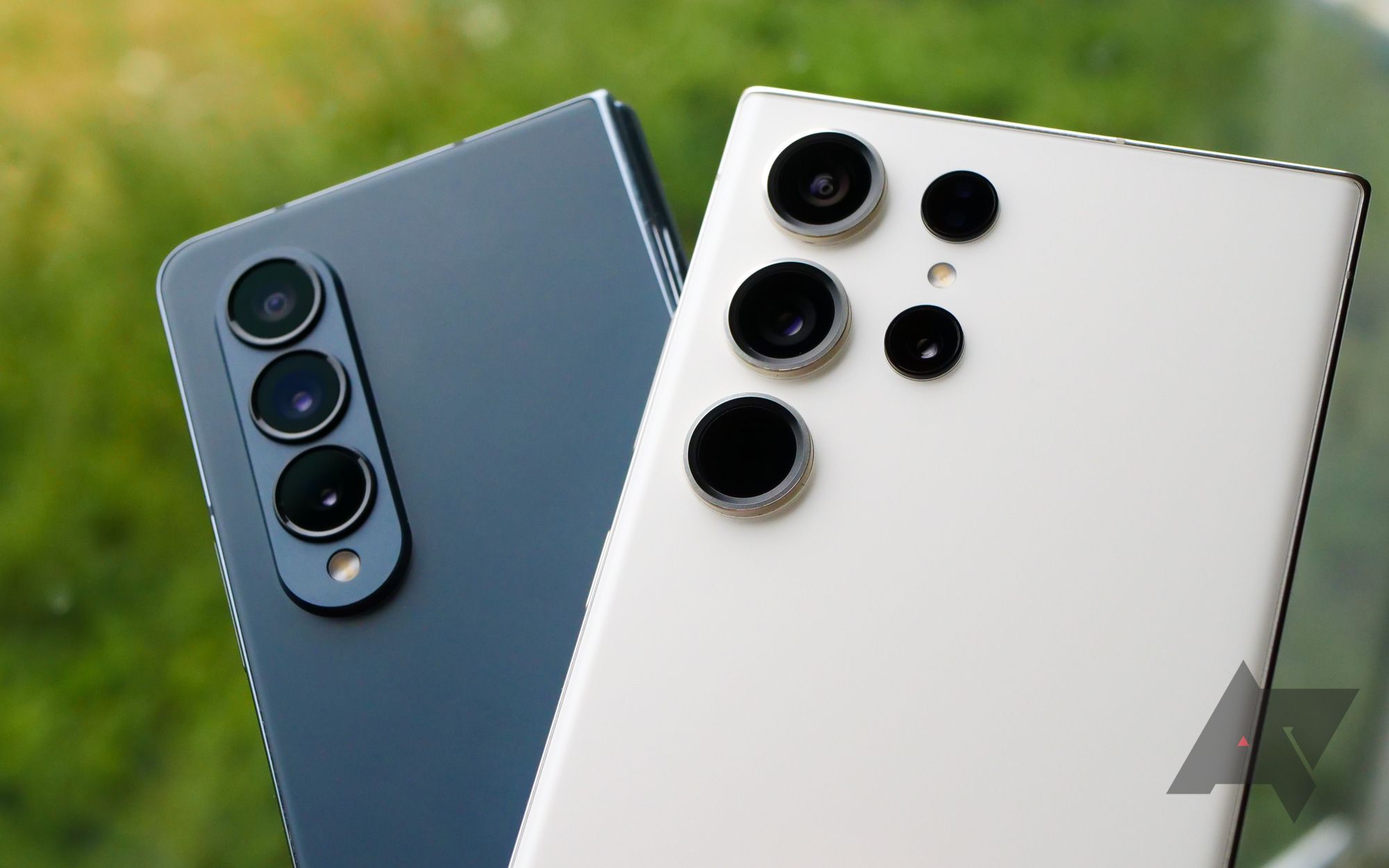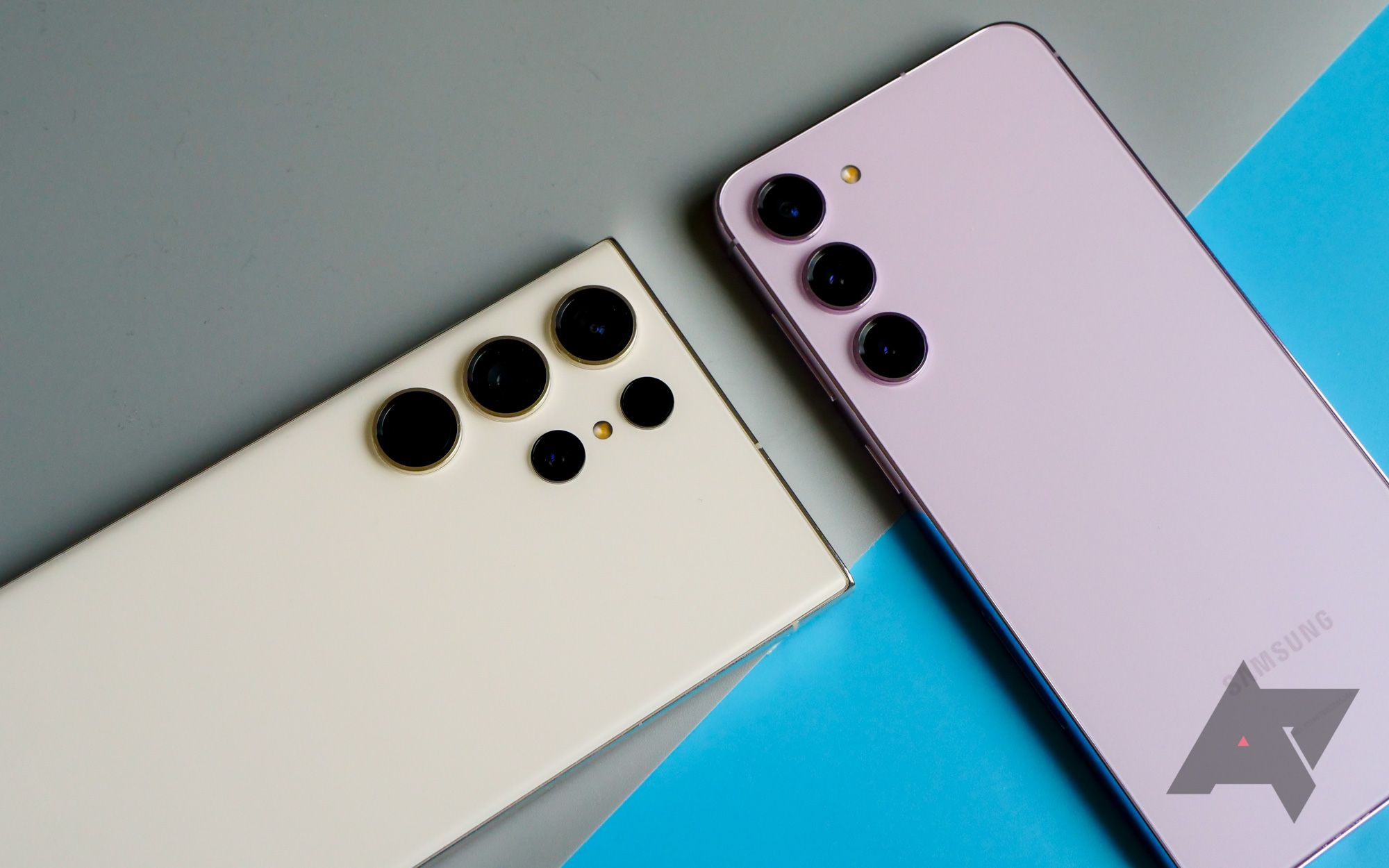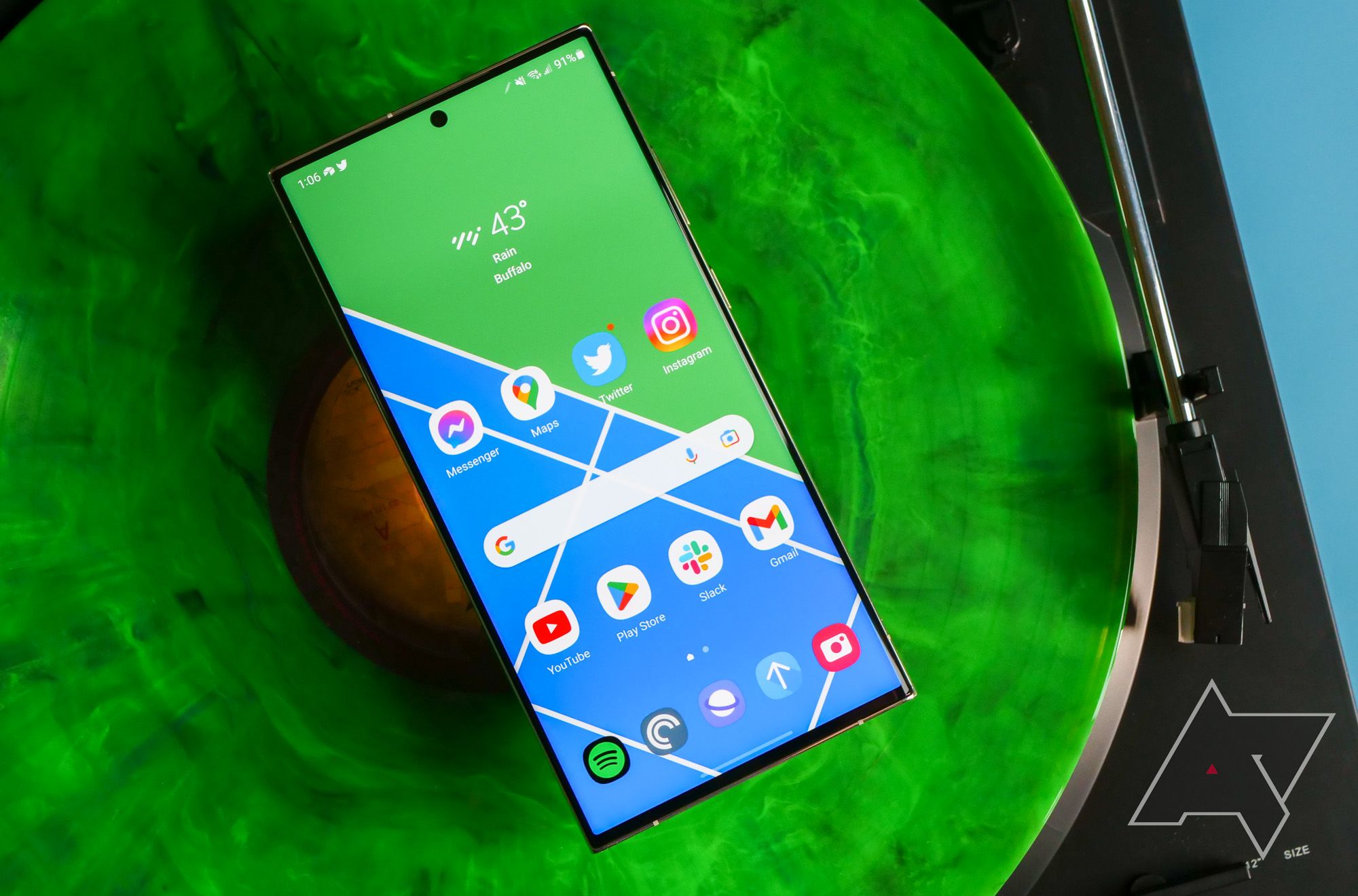Flagships are in a weird place these days. Each year, manufacturers push the envelope on what a smartphone can do. Larger sensors, bolder displays, mobile ray tracing, 8K video recording — truly, the sky's the limit. But as the specs sheets get bigger, so do the price tags, and in a world where 95% of users can have their needs met by phones on sale for well under $500, is it really possible to recommend a flagship to everyone?
It takes a device like the Galaxy S23 Ultra to remind you what is so damn fun about premium smartphones. Yes, this is a safe upgrade from last year, with a design virtually identical to its predecessor. And yes, that $1,200 price tag is bound to be hard for shoppers to stomach, especially in a world wracked by inflation and, not-so-coincidentally, reduced trade-in values. But if you're a power user — especially one who hasn't been convinced by the current state of the foldable market — you might want to start counting your pennies, because the S23 Ultra is one of the most impressive devices I've used in quite some time.
Samsung Galaxy S23 Ultra
Samsung's Galaxy S23 Ultra doesn't dare rock the boat. But what it lacks in excitement, it more than makes up for in what may be the best Android experience on the market right now. Reused design or not, it's a gorgeous phone, with a level of fit and finish only Samsung can provide. One UI is as feature-packed as ever, and the 200MP camera can capture detail unlike any of the competition. It's not perfect, but the Galaxy S23 Ultra is Samsung's best phone yet.
- Brand: Samsung
- SoC: Qualcomm Snapdragon 8 Gen 2 Mobile Platform for Galaxy
- Display: 6.8" QHD+ curved-edge AMOLED, 1~120Hz refresh, 240Hz touch sampling
- RAM: 8GB or 12GB
- Storage: 256GB, 512GB, or 1TB
- Battery: 5,000mAh
- Ports: USB-C, S Pen silo
- Operating System: One UI 5.1 w/ Android 13
- Front camera: 12MP f/2,2
- Rear camera: 200MP f/1.7 OIS main, 12MP f/2.2 wide (120°), 10MP f/2.4 OIS zoom (3x), 10MP f/4.9 OISzoom (10x)
- Connectivity: 4G, 5G, UWB, Wi-Fi 6E, Bluetooth 5.3, NFC
- Dimensions: 163.3 × 78 × 8.9mm
- Colors: Phantom Black, Cream, Green, Lavender + Samsung.com Exclusive Lime, Graphite, Sky Blue, Red
- Display type: AMOLED, 1~120Hz refresh
- Weight: 234g
- Charge speed: 45W wired, 15W wireless
- IP Rating: IP68
- Price: From $1,200
- Micro SD card support: No
- Stylus: S Pen included
- Security: Fingerprint (Ultrasonic, under-display), Facial
- Display dimensions: 6.8 inches
- Display resolution: 3088 x 1440 pixels
- Samsung's design remains second to none
- The display might be unchanged from last year, but it's still the best around
- Well over a day's worth of battery life on a full charge
- Samsung's camera captures some incredible shots, all while giving you a ton of creative freedom
- Best software support in the game
- If you want an exciting look into the future of smartphones, this ain't it
- 45W charging is behind the competition, and only a select group of specific chargers can reach it
- As usual, Samsung has a few bugs to iron out with this camera
 Availability and network
Availability and network
As you'd expect from a Samsung device, the Galaxy S23 Ultra is available throughout much of the world. This year, the company has chosen to keep the phone on a single SoC in every region, ditching the usual Exynos models altogether. That's a big step up for those in countries where Exynos models remained the default.
In the US, the phone is available through all three major carriers, plus some major MVNOs like Google Fi and Visible. If you buy an unlocked model directly through Samsung — or through retailers like Best Buy or Amazon — you should be able to take it to virtually any network, with full support for 5G. Unfortunately, Samsung's trade-in deals aren't particularly impressive this year, so if you can buy through a subsidized carrier plan, that's likely your best bet for saving some cash off its $1,200 starting price.
Design and display
If the Galaxy S23 Ultra is, at its core, a "safe" upgrade, there's nowhere where that's more obvious than the design. I'm half tempted to link you to our review of last year's S22 Ultra, which digs into how Samsung took its discontinued Note series and adapted it into a successful mainline flagship. It was a great design then, and it remains so one year later, but it doesn't make for an exciting new entry — especially if you bought a new phone in the last year.
That said, I think it's unfair to write off the S23 Ultra completely here, especially because this might be my favorite hardware of the past few years. If Samsung is working off an "if it ain’t broke, don’t fix it" strategy, it should ignore detractors and keep marching forward because truthfully, this device is a delight to hold in your hands.
Guess which is which.
At its core, not much has changed in the past twelve months. The Galaxy S23 Ultra keeps its frosted matte glass back — newly upgraded to Gorilla Glass Victus 2 — the island-like camera lenses, the metallic frame, and the integrated S Pen. Side-by-side with its predecessor, it's nearly impossible to tell the difference between the two phones. Aside from a couple of small indicators that suggest these models aren't identical — namely, the unseen laser autofocus on the S23 Ultra — no average consumer would notice a difference.
My particular unit came in cream, which wraps a gold frame around the device as an accent point. Although I think I prefer this year's green shade, this hue has grown on me quite a bit. It's a much warmer tone of white than what Google used on last year's Pixel lineup, for example, something that is accentuated whenever the sun shines on it. The matte finish is excellent, too — it's grippy and hides the vast majority of fingerprints and smudges, and frankly, every company utilizing slippery, greasy glass would be smart to adopt it.
All that said, I have found the metallic frame less than glamorous. I prefer to use the Galaxy S23 Ultra without a case — it's big enough as it is — and the frame quickly builds up smudges and oils from my hands. I know smartphone OEMs find this sort of material more premium than matte or frosted metal, but I'd love to see a swap away from this with the S24 next year.
So what is new this year? Well, aside from the colors, Samsung has refined the edges of the phone, squaring off the entire frame to make it easier to write on with the S Pen, resulting in flatter surfaces for both the device's front and back. That's not to say the company has ditched curved screens for good, though.
The S23 Ultra's front glass ever-so-slightly wraps around to meet the frame, resulting in a worst-of-both-worlds situation. I've stated my dislike of curved screens on plenty of previous occasions, but I have to imagine supporters won't find much to like here either. No longer can you claim that a rounded display is helping to make large phones feel a little narrower in your hand. The side bezel still exists, but thanks to those curves, slapping on a standard tempered glass screen protector likely remains out of the question. Making matters worse, of course, is that the smaller Galaxy S23 devices have retained flat screens that feel wonderful in the hand, and our earliest Pixel 8 Pro leaks point to Google adopting a similar strategy. Please Samsung, I'm begging you — leave curved panels behind in 2024. It's time to let the past die.
Other than the curve's radius, the panel is virtually identical to the S22 Ultra. It's a bright and gorgeous 6.8" 1440p 120Hz panel capable of hitting a peak brightness of 1,750 nits. Last year, we called it the best display that we had ever seen on a smartphone, and frankly, that still holds true. While those who prefer smaller screens will have to look for a different phone altogether, Samsung's phablet remains perfect for everything from scrolling through Twitter to watching movies on the go. It's as perfect a panel as you'll find on a smartphone in 2023.
Unfortunately for those Galaxy S22 Ultra owners who hoped that the minimal aesthetic changes would allow them to reuse their cases, allow me to crush your dreams. Samsung has raised the location of the camera lenses on the back of the phone, preventing most camera cutouts from fitting around them. For a company so focused on pushing forward with its environmental goals, the choice to modify the design just enough to require new accessories after just one generation is nothing less than frustrating.
A few quibbles aside, I can't praise the Galaxy S23's design enough. Yes, it's lacking an exciting, revolutionary design, but in my view, this is the best Android hardware you can get right now (at least in North America). It feels so solid, so premium in the hand, that the idea of slapping a case on it seems sacrilegious to me. Even as Google continues to play catch-up with the Pixel series, I'm convinced Samsung is purely on another level here.
Other hardware and what's in the box
Truthfully, I don't have much to say about this year's S Pen. If Samsung provided it with any updates whatsoever, the company failed to highlight what those changes are, and they aren't readily apparent. For some, the S Pen continues to be an accessory they can't live without, a tool that revolutionizes their workflow.
Unfortunately, I'm not that person. There's nothing inherently wrong with the S23 Ultra's stylus, but the large display still feels too small for longer notetaking, and thanks to the cameras on the phone's back, writing on a table rocks the device back and forth. The S Pen certainly isn't something I hate on this phone, but outside of fidgeting with its clicky top or playing any of Jackbox's drawing games with friends, I'm not sure how much I'll use it in the future.
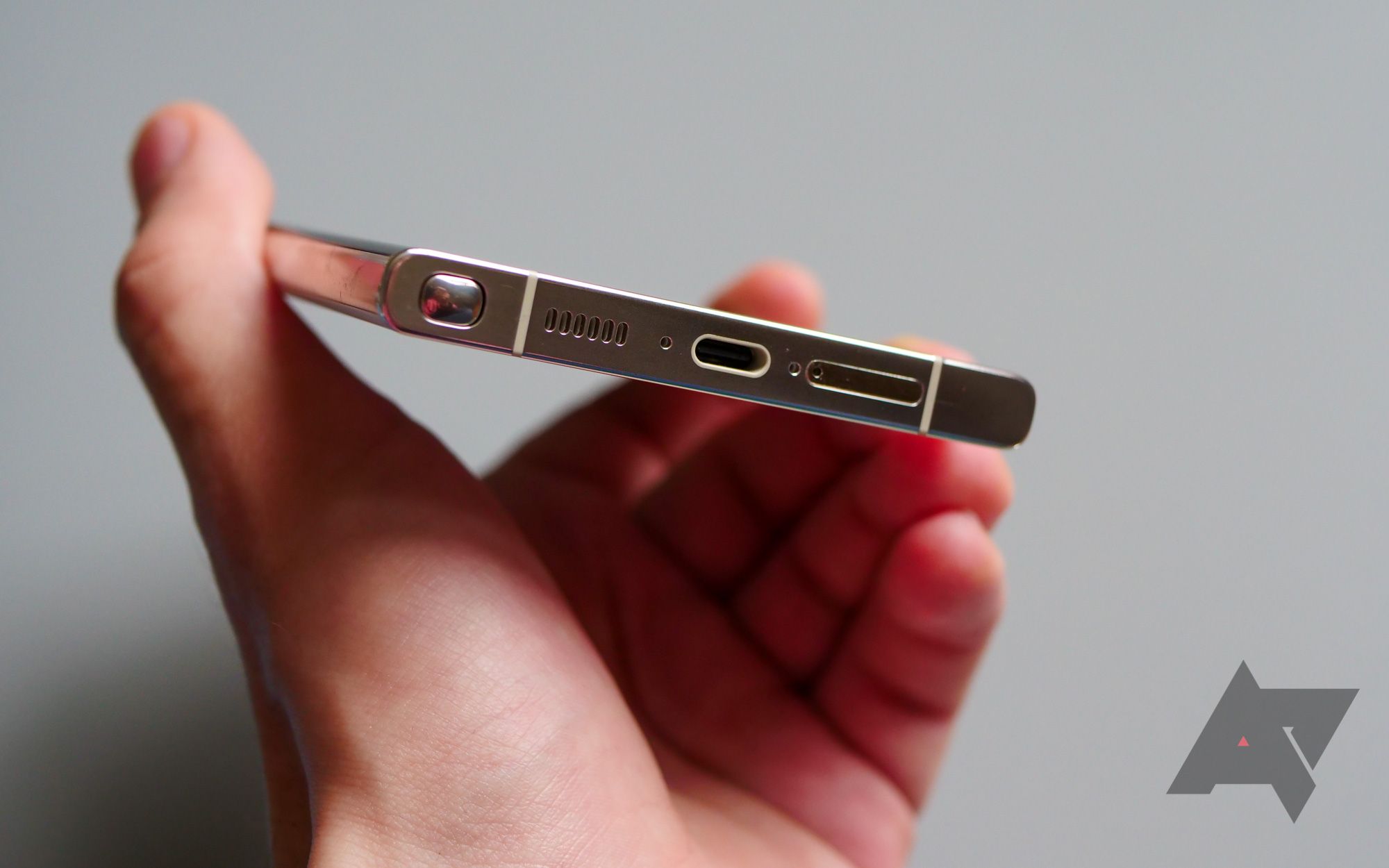
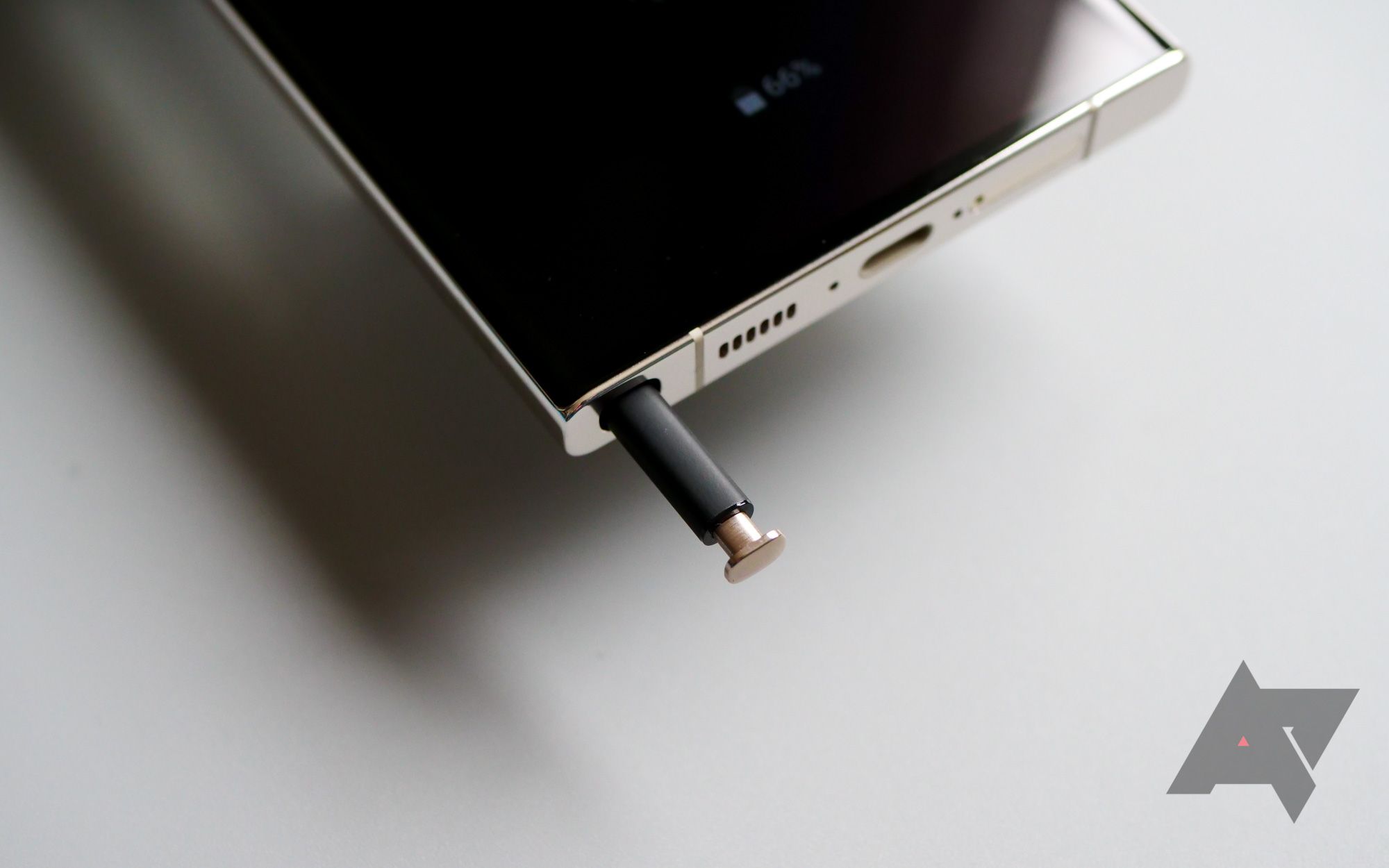
Samsung pairs its bottom-firing speaker and earpiece to create stereo sound, and it's as loud as ever. I found myself keeping the volume two or three notches below its maximum limit. Once you're that loud, my media — especially podcasts or YouTube videos — started to sound distorted and tinny. It's nice to know the Galaxy S23 Ultra's speakers can replace smaller Bluetooth speakers, but the sacrifice in audio quality just isn't worth it in most cases.
Speaking of audio, Samsung continues to stack the volume rocker and the power button in that order on the right side of the device. I know this is bound to be controversial — it certainly was in AP's Slack room — but I can't stand this arrangement. Personally, I'd like to see phone manufacturers stick to separating the volume controls and power button on different sides, like OnePlus and Apple. It makes it easier to push the correct button without looking.
If the buttons need to be on the same side of the phone, I'd like to see Samsung copy Google's approach and place the power button above the volume rocker. I cannot tell you how many times I pushed the volume down when I meant to turn the display off, and even after nearly two months with the device, it's something I haven't gotten used to. Again, this all comes down to personal preference, but it's been driving me insane.
In the world of Android, haptics have gone from an afterthought to an easy layup for most manufacturers, and Samsung's no exception. Although the occasional vibration felt a little too strong for my tastes, I'm pretty satisfied with the S23 Ultra's haptic feedback. I think the Pixel 7 Pro might have it beat here by just a hair, but I always prefer a more subtle touch.
The Galaxy S23 Ultra's biometrics are about as good as they come these days. The ultrasonic fingerprint sensor was fast and accurate for me, and while face unlock likely sacrifices some security for ease of access, it does support apps like my password manager.
I hate to beat a dead horse, but the S23 Ultra doesn't support storage expansion via a microSD card slot. If you're coming to this phone from an older Note device — as Samsung hopes you are — you'll need to make sure you pick a model with enough storage to keep you satisfied for the entire lifespan of the device.
You won't find much in Samsung's boxes these days aside from the phone itself, a USB-C cable, a SIM tool, and a quick start guide. If you're looking for accessories, you'll need to set some cash aside at checkout.
Software and performance
The Galaxy S23 Ultra ships with Android 13 and One UI 5.1 out of the box. Neither Google nor Samsung rocked the boat last year with revolutionary UI redesigns, and that holds true with this latest batch of updates and features. Truthfully, nearly every change in this mid-cycle bump is pretty small, though it's worth highlighting just a few of them.
Those new battery widgets may look reminiscent of the ones currently found on iOS, but that doesn't make them any less useful. Seeing connected devices' charge levels with just a quick glance is always handy, and I'm glad it's here.
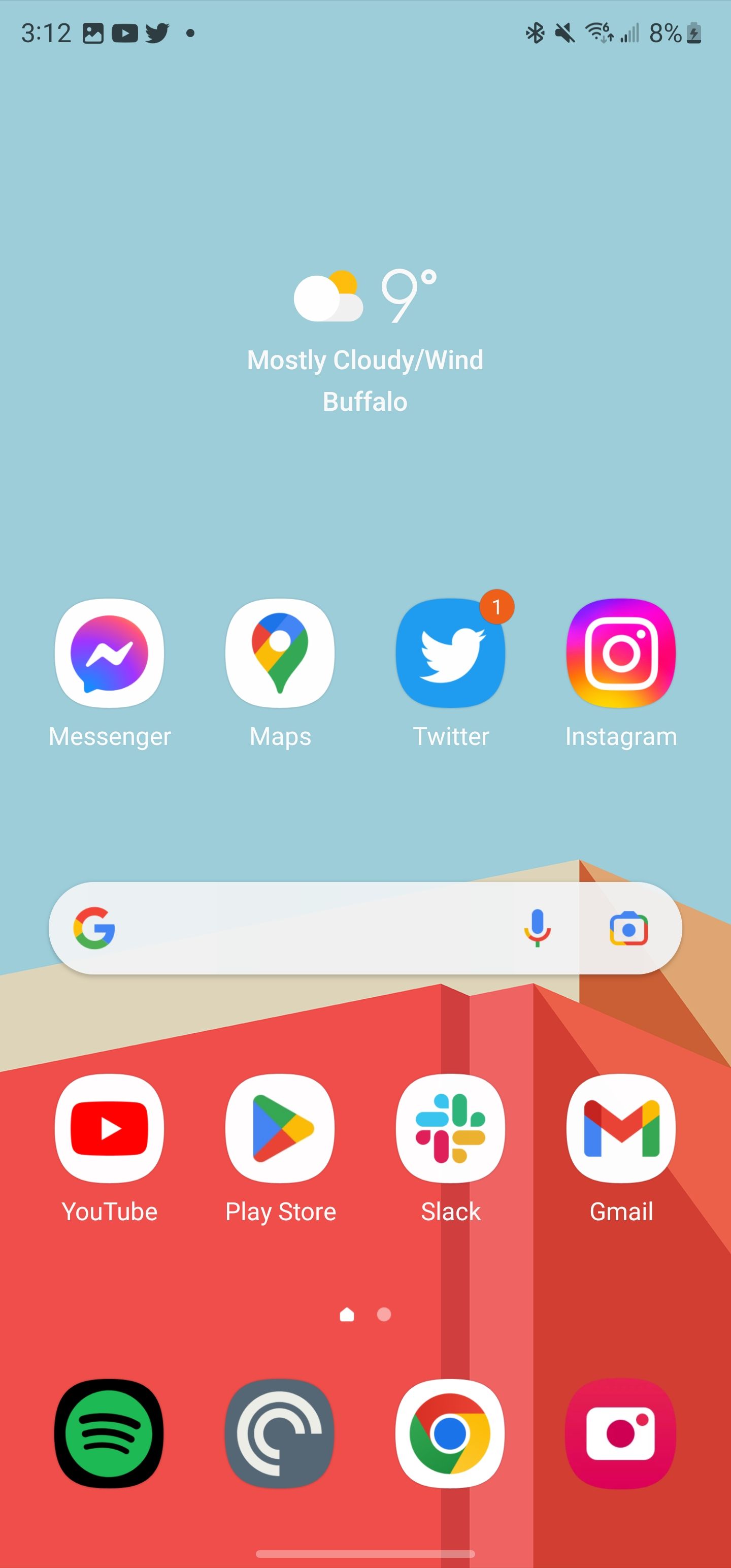
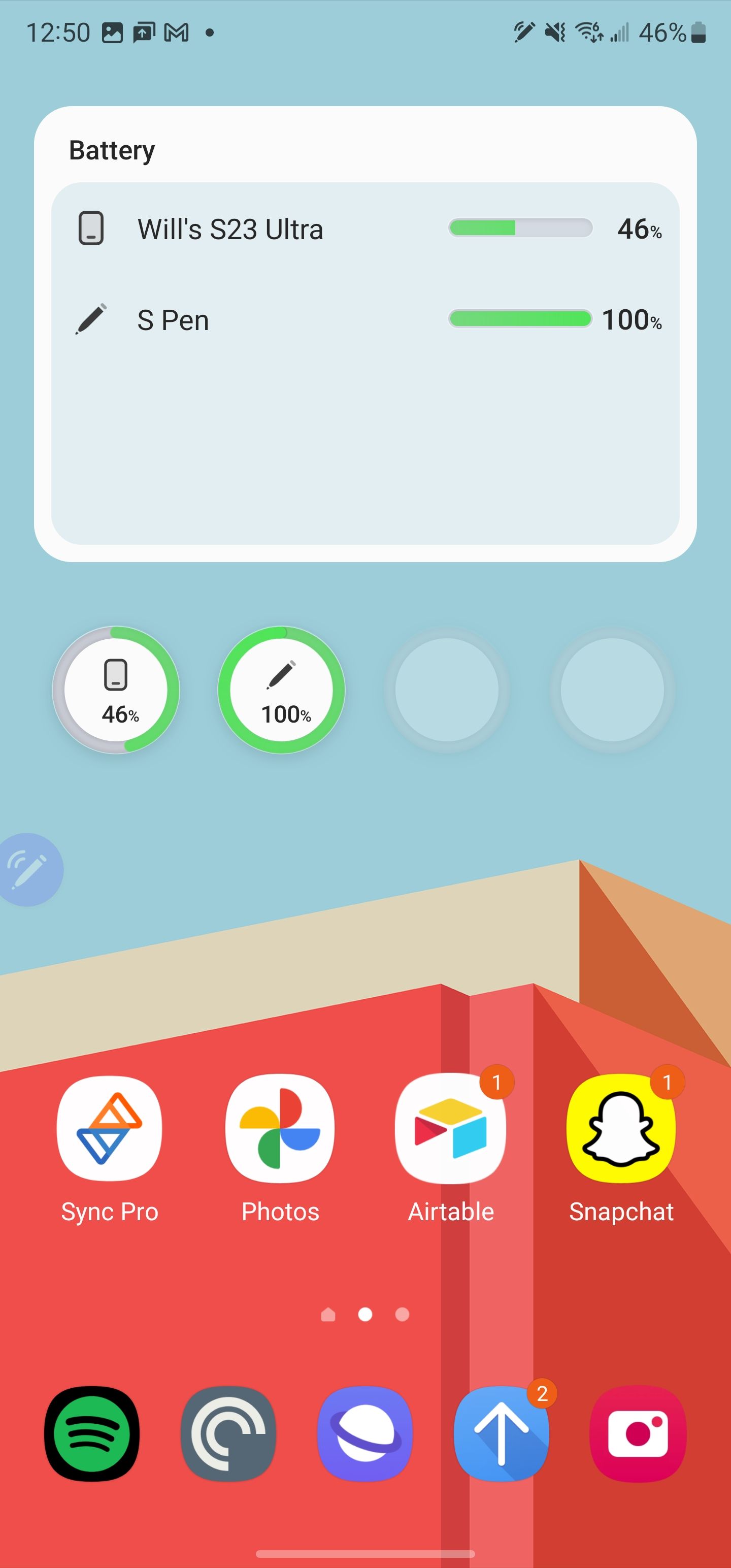
There are plenty of quality-of-life improvements too, including Expert RAW access directly from the camera app once it's installed and the ability to change where your screenshots are saved on the device. The former has been a long time coming, but it doesn't come without a few caveats — namely, you're still required to unlock the phone to use it if you're accessing the camera via the lock screen shortcut. Bummer.
Other additions include new actions in Modes and Routines, EXIF data available in the Gallery just by scrolling down and object recognition for separating specific elements of your photos into new content. Turns out drag-and-drop-the-dog did come to Android after all.
I'll admit, there are a handful of things I still dislike about One UI. In many ways, Samsung is far too reliant on duplicating software already provided by Google to fix issues or add functionality to its smartphones. Considering how essential Expert RAW or Good Lock are for power users, those apps should ship on the phone itself — or, at the very least, be available on the Play Store directly. Samsung also prompts you to download all sorts of bloatware during setup, including Microsoft apps like LinkedIn and Outlook, which is never a great look.
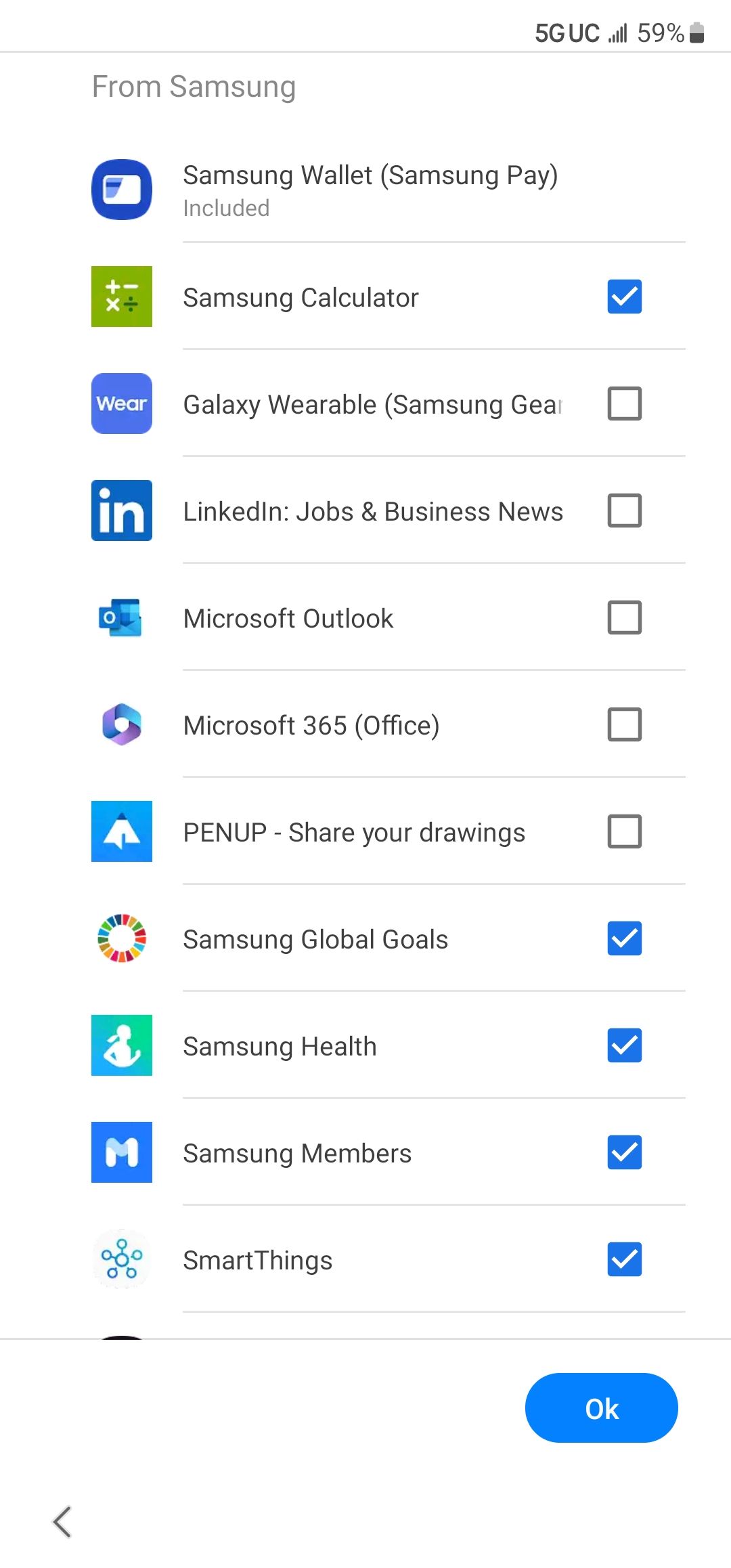
Some people prefer to live in Samsung's ecosystem over Google's, and that's totally understandable. While I still prefer to use Google Wallet over Samsung Wallet, for example, there are plenty of first-party apps included by default on this device that I actually prefer. Internet, for example, remains my favorite browser on Android by a long shot. The aforementioned Modes and Routines app, meanwhile, offers great alternatives to standard Do Not Disturb services and IFTTT, respectively.
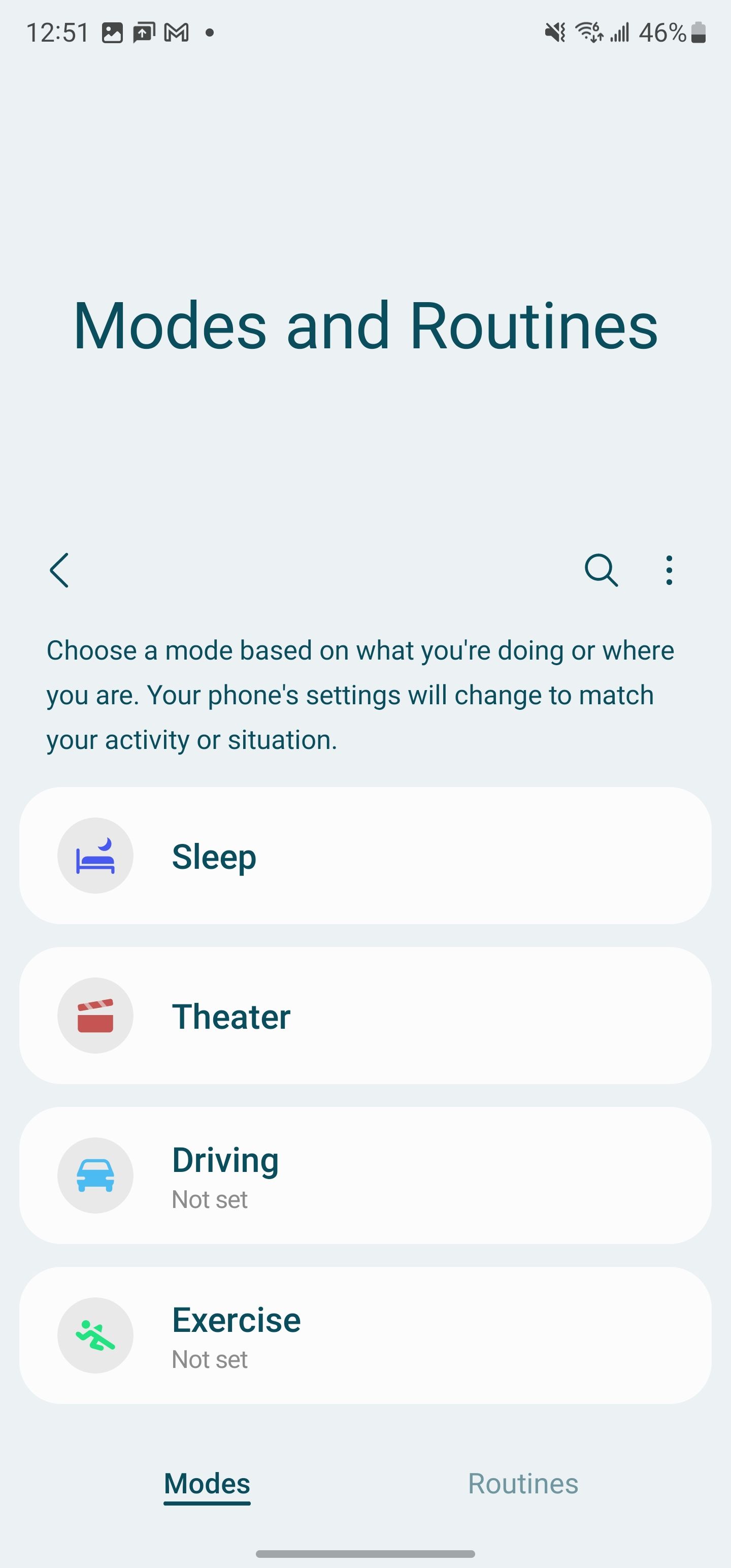
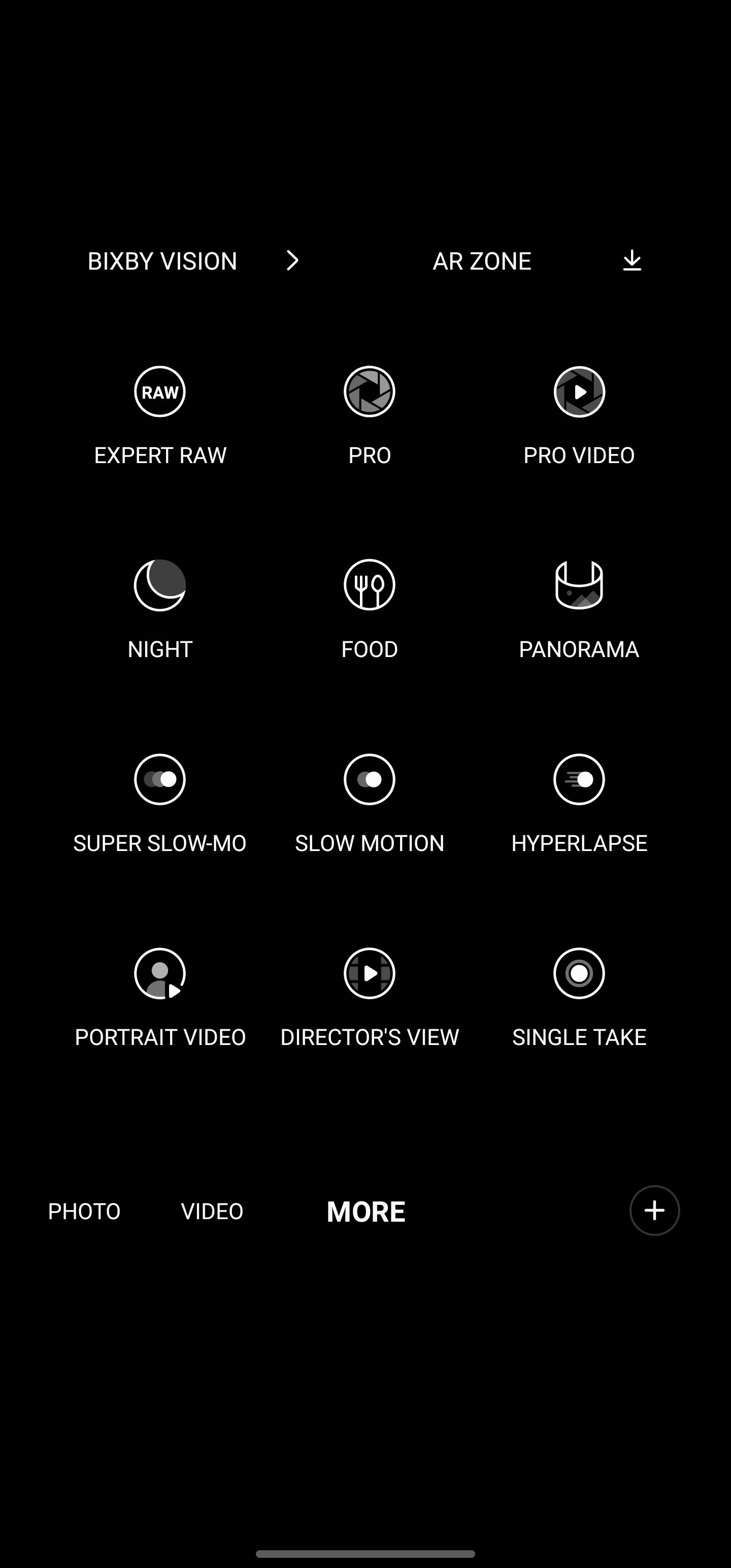
And hey, I'd be remiss if I didn't shout out Samsung's update policy here. It's old news, but this phone will be supported for the next five years, with four major OS upgrades. $1,200 may sound like a lot of cash upfront, but over half a decade, it's just $240 per year. Google's phones might be cheaper, but Samsung's will see security patches for just as long — and with one additional OS update to boot.
Depending on where you live, the Galaxy S23 Ultra is either a solid year-over-year boost in performance and efficiency, or it's a revolutionary leap forward. Samsung's decision to abandon its in-house Exynos chips this generation for a global Snapdragon variant has seen no shortage of praise from buyers outside of North America.
This particular Qualcomm chip is exclusive to the S23 series. The Snapdragon 8 Gen 2 for Galaxy is identical to the standard version in nearly every way, but with a slightly higher clock speed on the main Cortex X3 core. Your results may vary — I didn't notice any major differences in daily use compared to my time with the OnePlus 11, although my single-core results in Geekbench beg to differ.
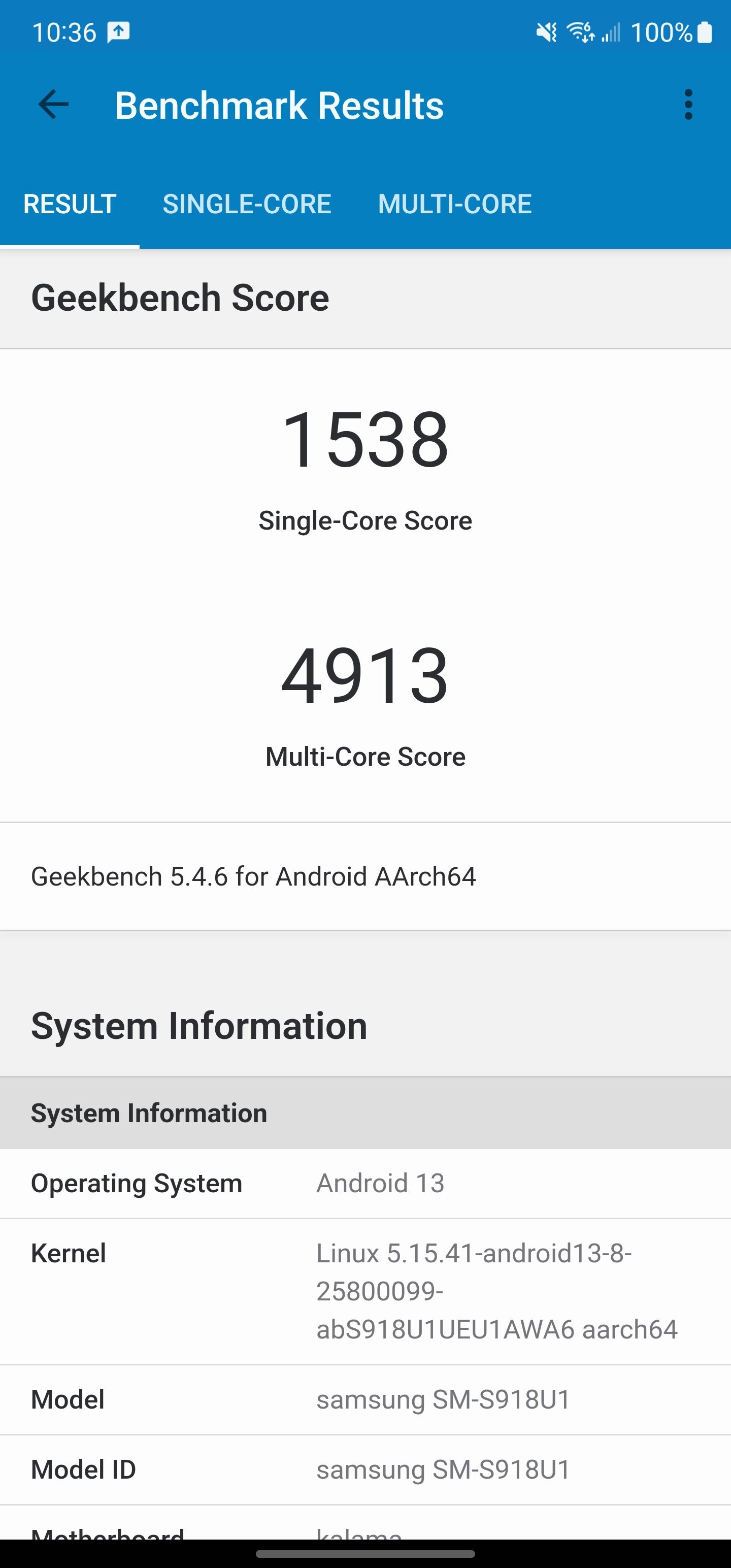
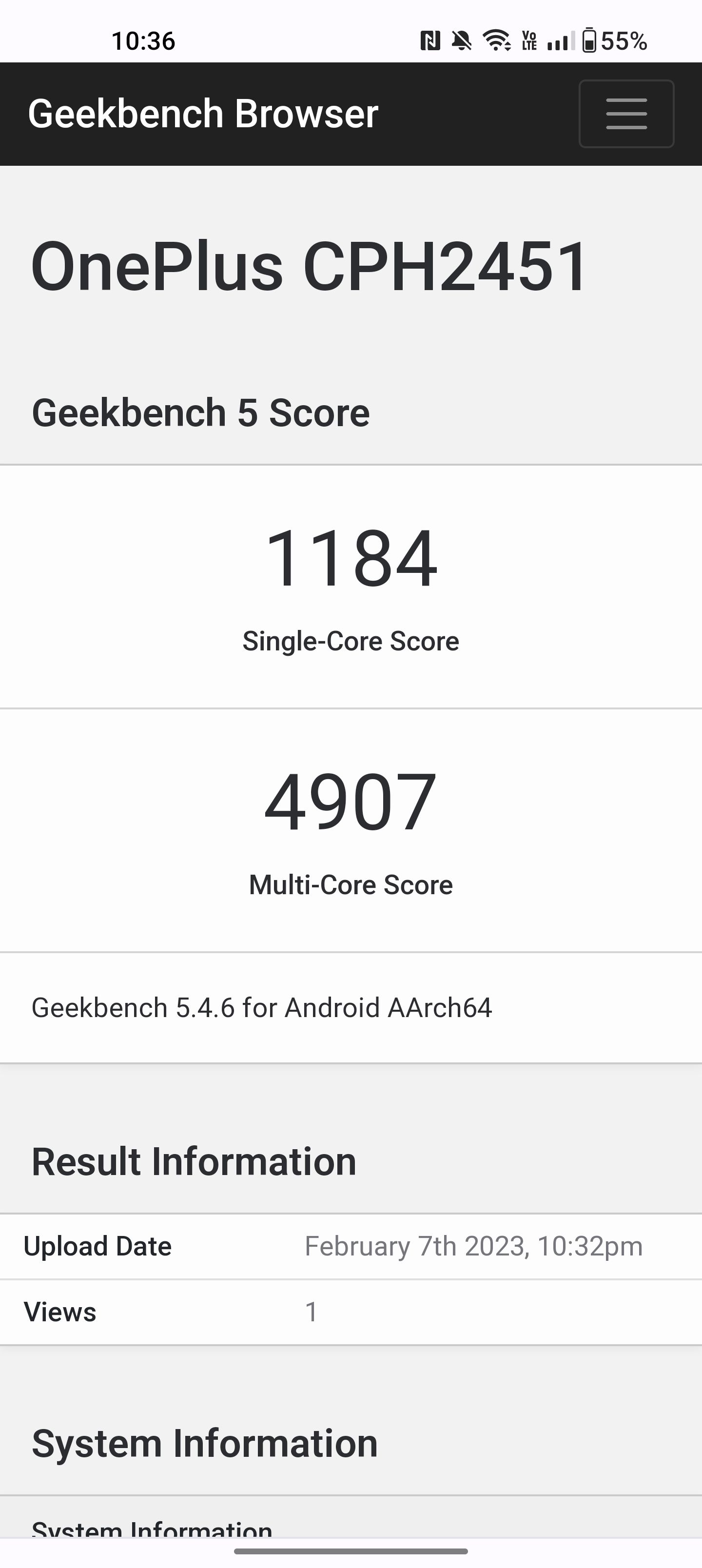
Samsung Galaxy S23 Ultra vs. OnePlus 11
I don't put much stock in benchmark scores these days; there's been far too much drama for me to take them as anything more than some interesting numbers worth keeping in your back pocket. Still, I'll say this: the S23 Ultra is the first Android phone in years where the Twitter app feels as smooth and responsive as it does on iOS. I do not know what black magic is being employed to fix Twitter's terrible app, but I'm grateful for it.
All told, the Galaxy S23 handled everything I threw at it without a hitch. Genshin Impact didn't dip below 60 FPS a single time I was playing it, even with my settings maxed out. Swapping between apps felt smooth and quick without any random reloads.
And hey, a smartphone is, you know, a phone, so it's worth commenting on how my calls went. Audio quality was excellent on both ends of the conversation, but during one call, both myself and the person I was speaking to experienced some weird delays, with several seconds passing between when one of us said something and the other heard it. Hanging up and calling back didn't fix this, but a call with the same person a day later was totally fine, as have all calls since this occasion. It's likely this was a one-off issue, possibly something relating to either of our carriers (I'm on T-Mobile), but it was an odd experience nonetheless.
Camera
This year, the real star of the show is the camera. Samsung had already upgraded the S22 Ultra's 108MP sensor to nearly double the resolution, although you won't be snapping ultra-high-res photos like that right out of the box. By default, the Galaxy S23 Ultra's 200MP ISOCELL HP2 sensor captures 12MP binned images, effectively combining 16 pixels into a single larger unit. I'm not sure it's a revolutionary step up from last year, but the images it captures are nevertheless excellent.
Samsung's usual oversaturation is here, but to be honest, I prefer it. Some of my photos didn't match the environment they were captured in — blue skies were bluer, and green grasses were greener. Frankly, I think it creates some eye-catching shots, and it's certainly no more reality-altering than the post-processing in play on Google or Apple's recent smartphones. In my experience, the S23 Ultra was no more or less capable of capturing an excellent shot in normal lighting conditions than the Pixel 7 Pro. It comes down to the look you prefer.
Of course, auto mode isn't why budding photographers prefer to shoot with Samsung. The Galaxy S23 Ultra includes a Pro mode by default, with Expert RAW — which captures 50MP images capable of being directly imported and edited in a mobile version of Lightroom — available as an optional download from the Galaxy Store. Despite another generation of Pixel under our belt, there's nothing similar available on Google's smartphones. If you're looking for total control over your photos, this is the one to get.




For the most part, I preferred shooting with the default 12MP binning mode enabled. First, the files are far more manageable — you're looking at 35MB images on average at full resolution. Second, I usually preferred the punchiness of the smaller images. When capturing in 200MP, the scene often looked a little washed out by comparison. That said, don't write off 200MP mode altogether. Sometimes it's worth it just for the sheer detail alone, like in this example of ice drifts floating down the Niagara River.




It's not always something I can find the time to do during a review period, but I was able to take the phone out to photograph a concert. I'll be honest — it was a hit-and-miss experience. On one hand, a handful of the shots I took are some of the best I've ever gotten with a smartphone at a concert. Even standing towards the back of the venue (a retrofitted church near downtown Buffalo), I scored some impressively detailed shots of the band, a huge step over images I've captured with other smartphones.
However, this is where the Galaxy S23 Ultra's shutter lag reared its ugly head. Despite shooting with night mode disabled, the phone spent most of the night waiting up to half a second after I tapped the shutter button to actually capture an image. This wasn't a case of long exposure — the phone simply wasn't doing anything in this period. It's not a new issue for Samsung, and it'll likely be addressed in a future patch, but if you're an early adopter, it's something to keep an eye out for.
Likewise, the phone struggled with motion, preferring longer exposures in scenes where it wasn't always necessary. This probably accounts for a couple of the glitched-out faces in otherwise good shots, but it's frustrating nonetheless. The next time I'm photographing a concert, it's probably best to take the time to shoot with Pro mode.


Those poor faces.
I'm pretty impressed with the S23 Ultra's video capabilities, especially compared to the Pixel 7 I've used for the last couple of months. In proper lighting, the footage looks excellent, crisp, and clear and, in my view, as good as anything Apple currently offers. More challenging, of course, is an environment like a concert. I found that shooting with the standard lens in auto mode resulted in some overexposure, as the camera tried to make up for the dark environment despite me selecting the singer as the focus of the shot. It's another place where Pro mode — or in this case, Pro Video — would come in handy.
Thankfully, zooming in with the 10x lens saved the day. The bass of the music caused some camera shake, but despite the higher f-stop, ditching the dark area around the stage actually helped to catch a great image. I recorded a short clip with an iPhone 14 Pro Max at similar zoom levels, and frankly, the S23 Ultra just puts Apple's efforts to shame here. Neither clip is theater-worthy, but Apple's recording just looks noisy and washed out.
It's not perfect, but it looks a hell of a lot better than what the iPhone can do. Everyone should listen to Angel Olsen, by the way.
That said, make sure you don't cover the bottom of the phone with your hand as I did. It's way too easy to accidentally do this, and you won't realize what you're doing until it's too late.
Speaking of those zoom lenses, Samsung kept the same IMX754 sensors for its 3x and 10x telephoto lenses. They're as impressive as they were last year, although don't expect miracles when it comes to using the 10x f/4.9 periscope lens at night. The ultrawide sensor is basically unchanged as well; Samsung upgraded it from an IMX563 to an IMX564, but other than the model number, its performance seems identical.
Low-light photography — or nightography, as the company's marketing continues to insist we call it — is as big a focus as ever. It's not bad by any means, but I still think I prefer the Pixel's Night Sight mode for reliable images in the dark. I found I sometimes got better shots with night mode disabled, especially in scenes with ambient lighting. The S23 Ultra did a pretty great job capturing this street corner, for example, but with night mode enabled, it looks overexposed and unrealistically yellow.
Obviously, Samsung's moon shots fell into the internet's crosshairs not long after this device landed on store shelves. Frankly, I found this latest controversy simultaneously dated and meaningless — dated because it wasn't actually news, and meaningless because I don't find the company's use of computational photography here all that different than how every image is optimized these days. Moon shots are something of a AI-powered gimmick, sure, but I still find them fairly impressive for what they are. And I'd rather have the option to capture the moon how I remember it on a late summer's night than to have an image of a blurry, glowing orb in the sky any day of the week.
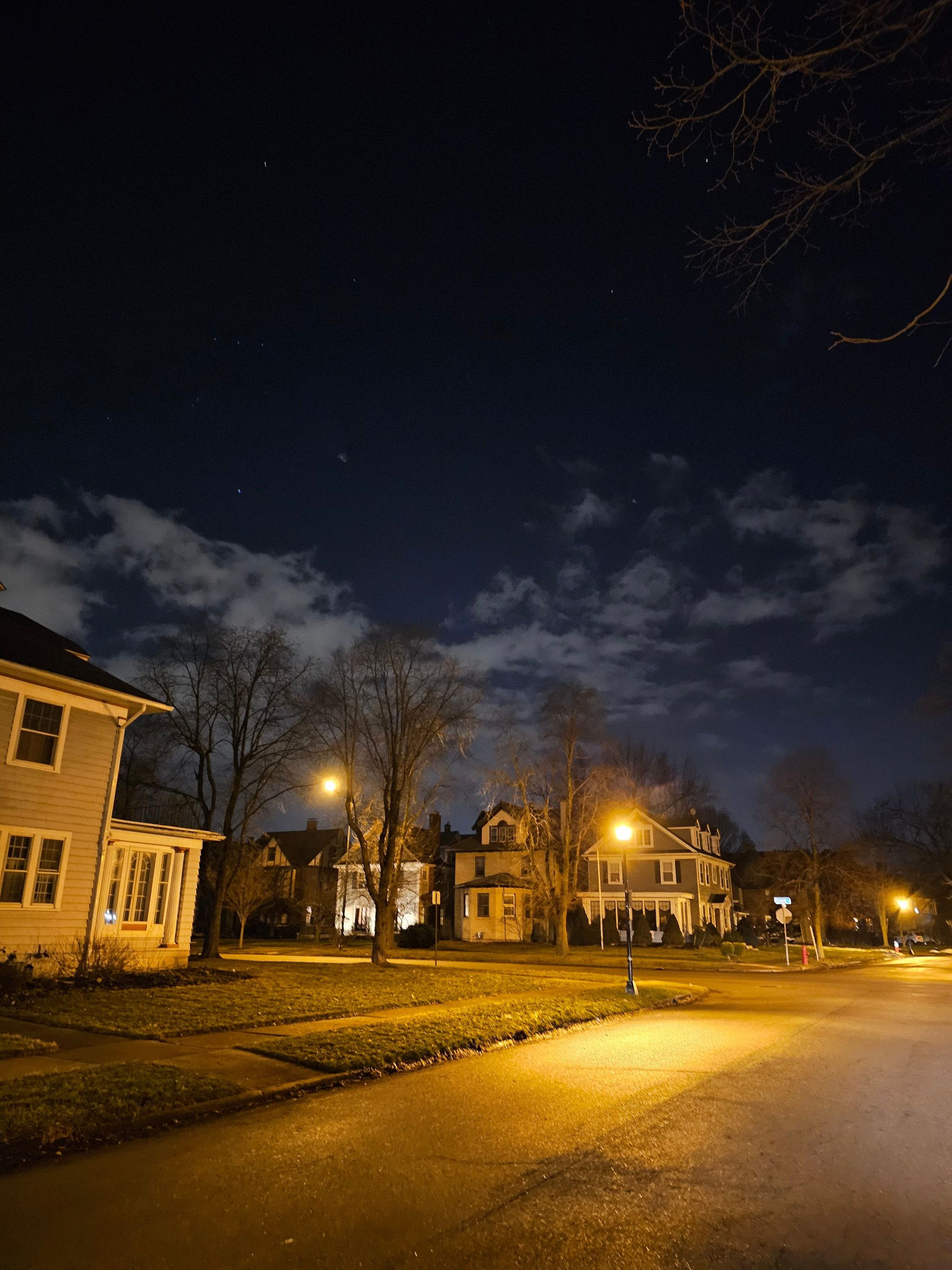
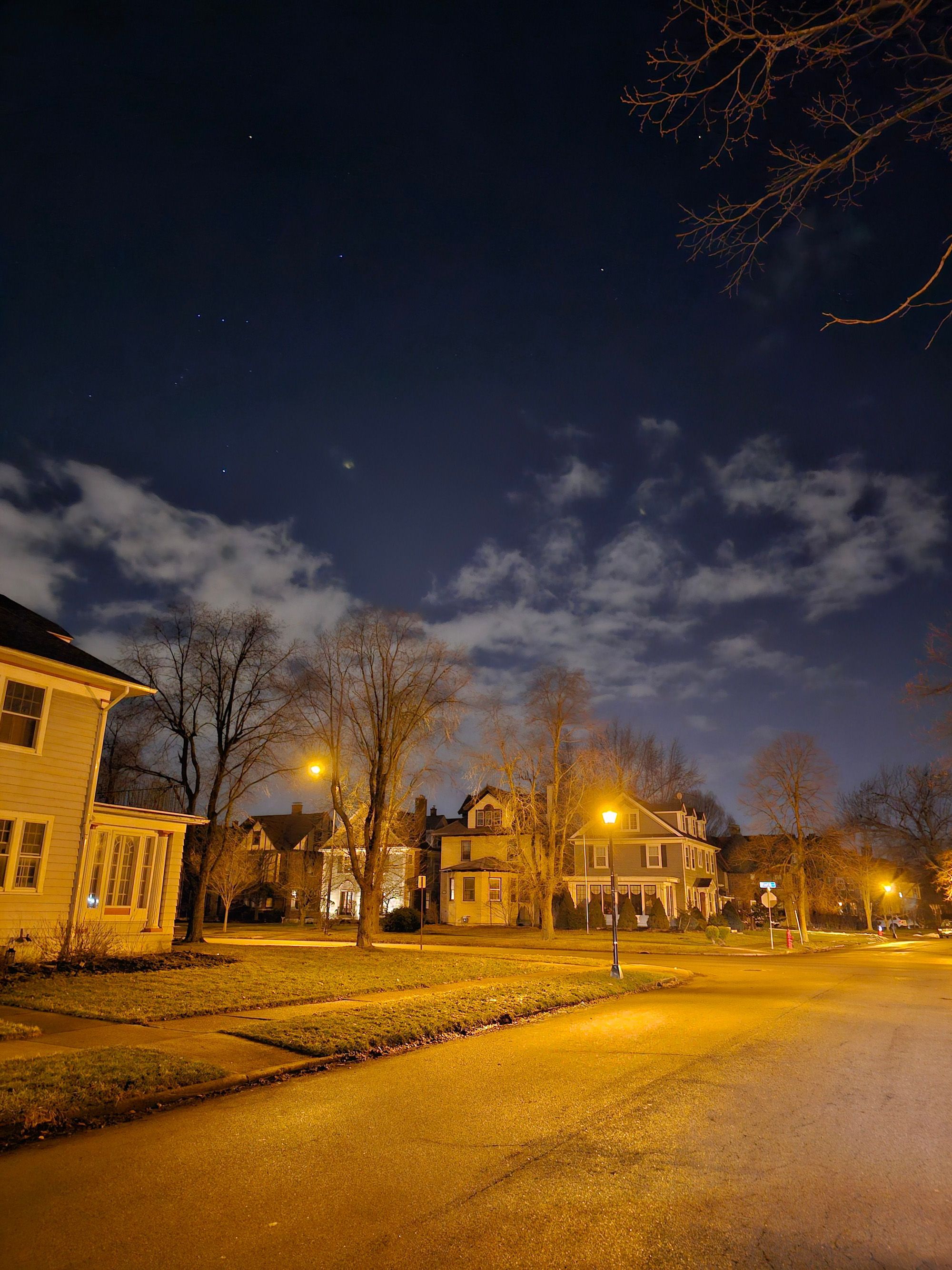
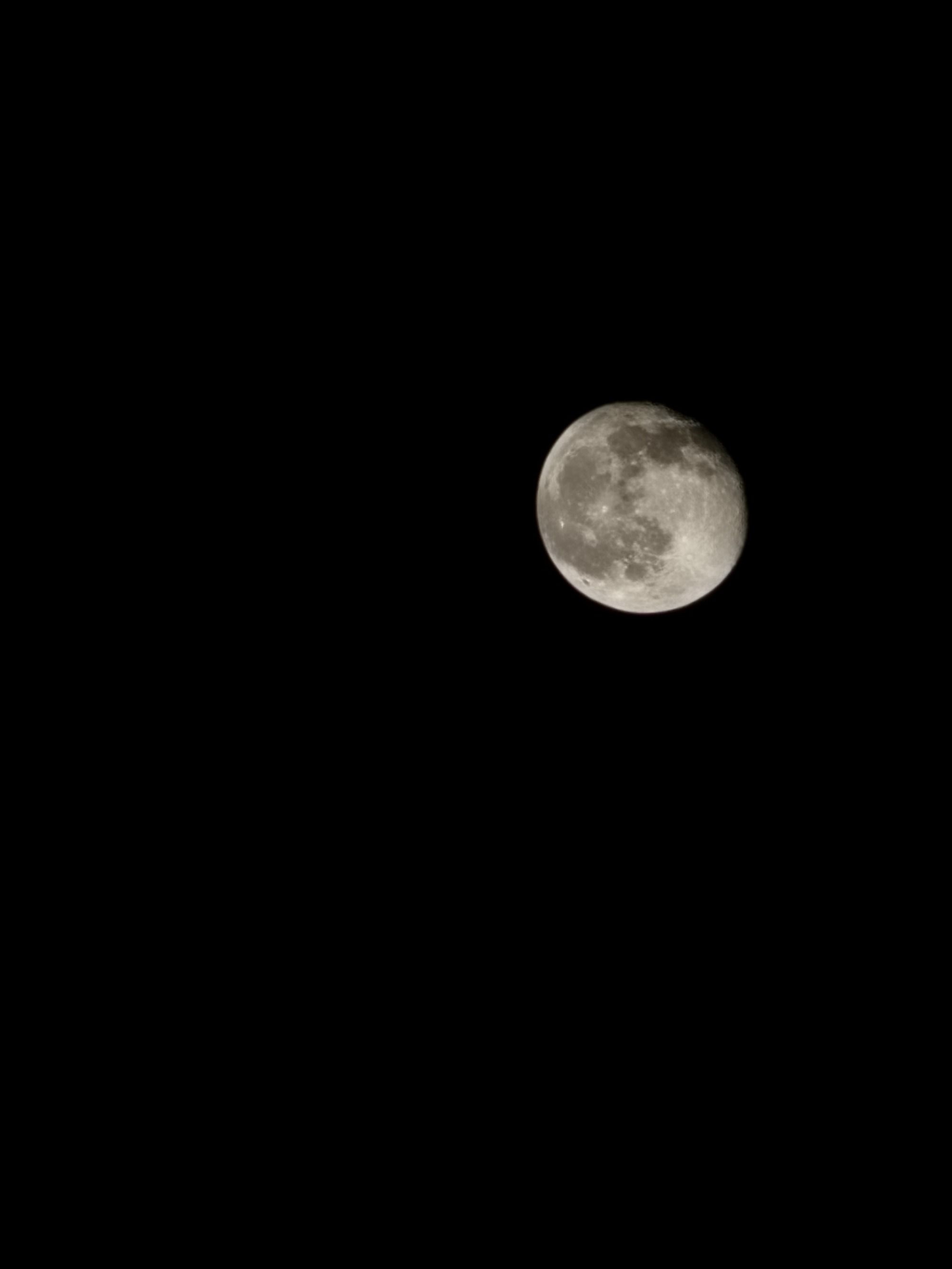

Finally, last year's 40MP front-facing camera has been swapped out for a 12MP sensor with support for Super HDR and 60FPS video. Truthfully, I'm no selfie expert, but I think images look as detailed as ever. I wish Samsung would make its group shot mode a touch wider — I really miss those wide-angle selfie lenses on older LG phones — but otherwise, I'm pretty happy with its output.
Battery life
Last year's Galaxy S22 Ultra may have packed a massive 5,000mAh cell, but a battery champion it was not. 24 hours on a single charge with six hours of screen-on time wasn't an outright disaster, but you'd be forgiven for expecting the phone to outlast the vast majority of the competition. Thanks to the efficiencies provided by the Snapdragon 8 Gen 2, however, I'm seeing much better numbers on the S23 Ultra, even after just a week with the phone.
On average, the S23 Ultra is getting through about a day and a half on a charge, with the always-on display enabled, the screen running at full resolution, and the phone connected to Wi-Fi for most of the day. I've seen just shy of nine hours of screen-on time at its peak, though my average seems to have settled somewhere between seven and eight hours. It's nothing to blink an eye at, and by adjusting your settings, you could easily crawl to two full days between charges.
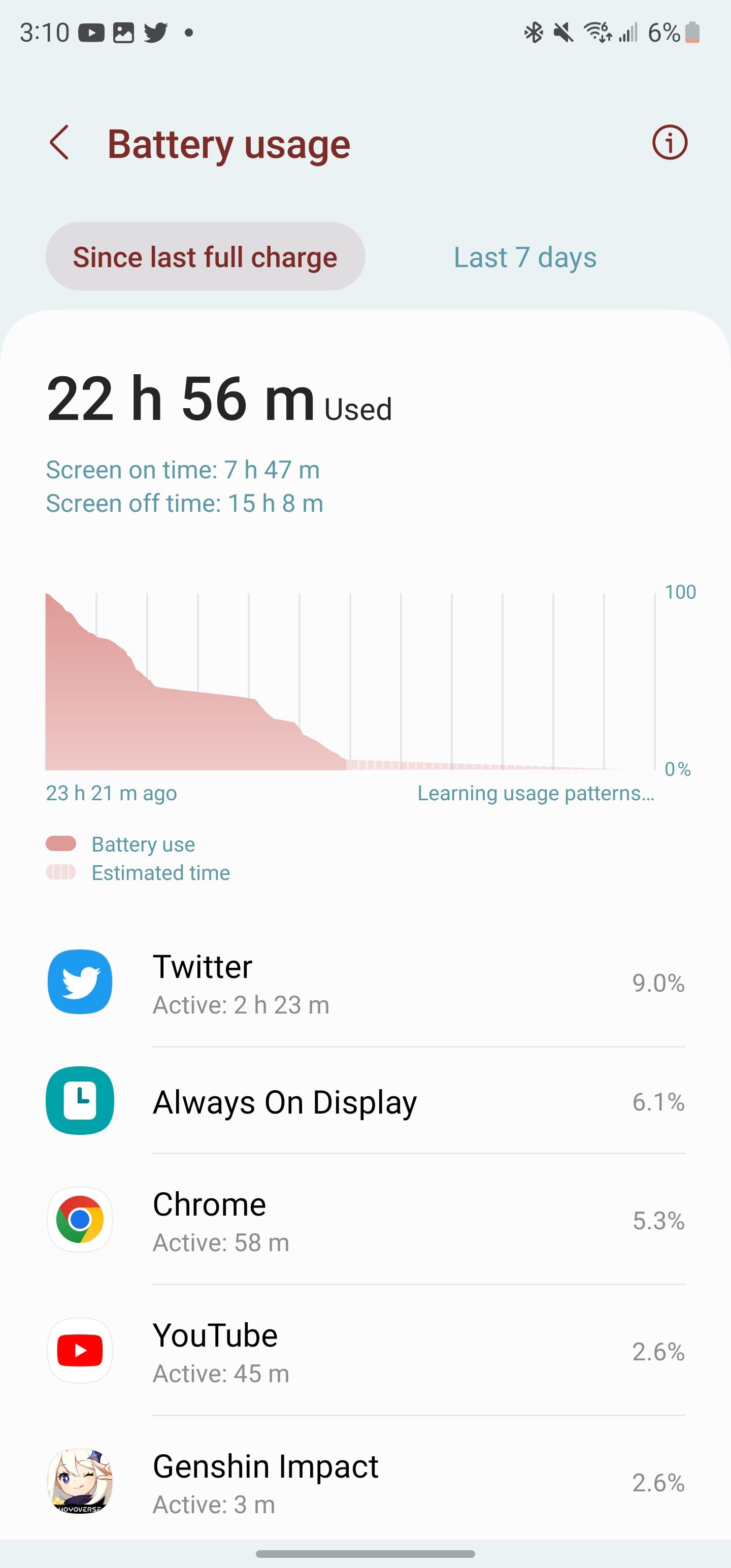
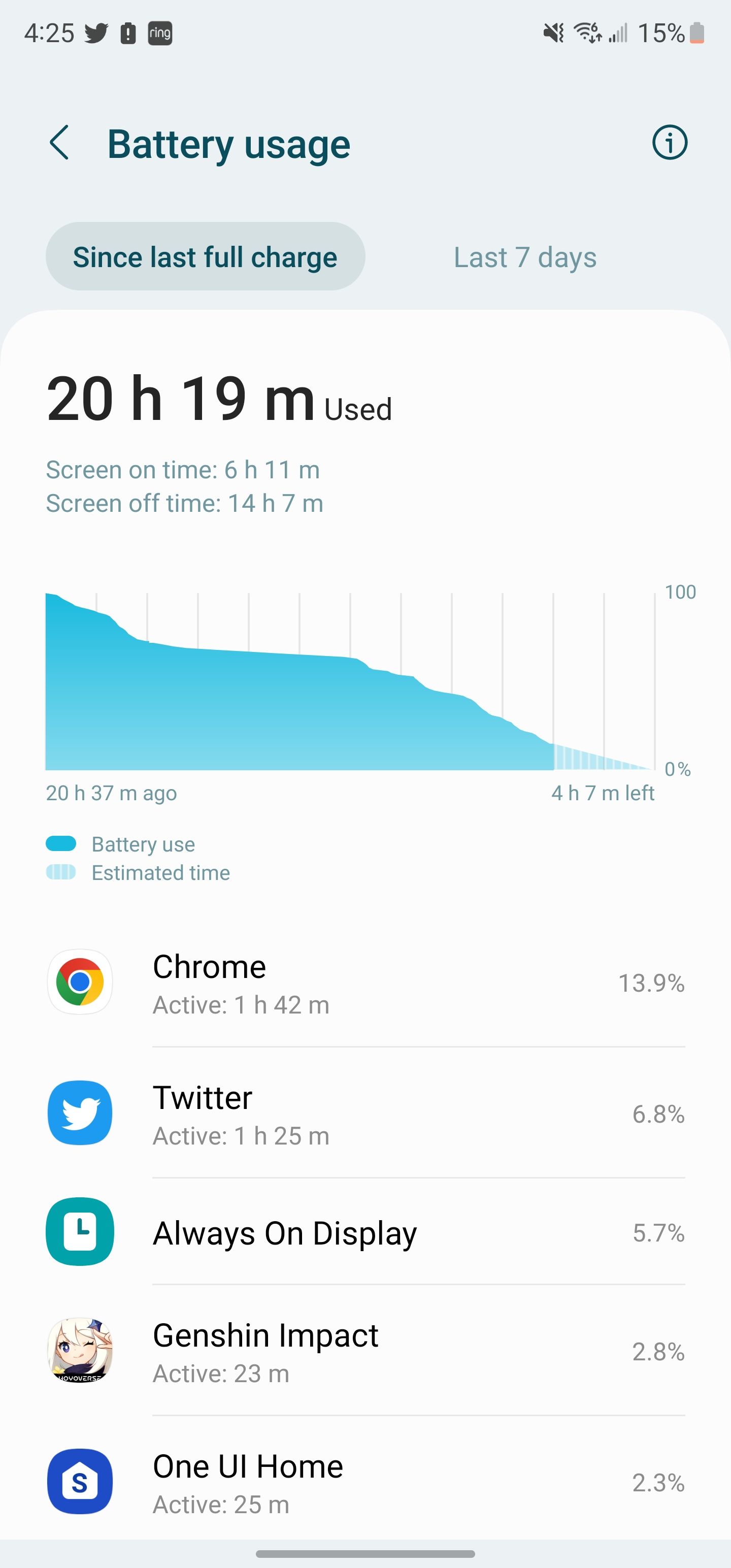
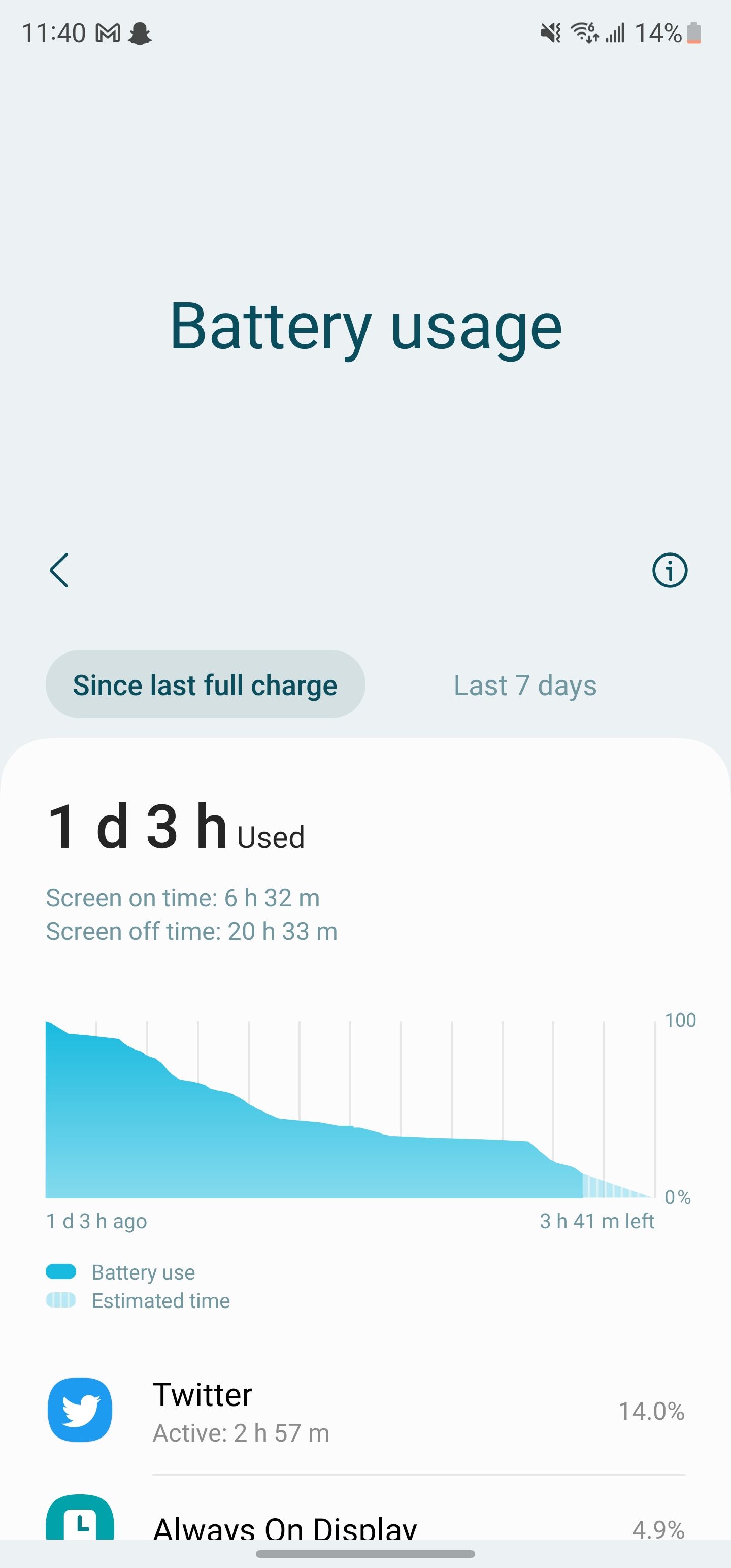
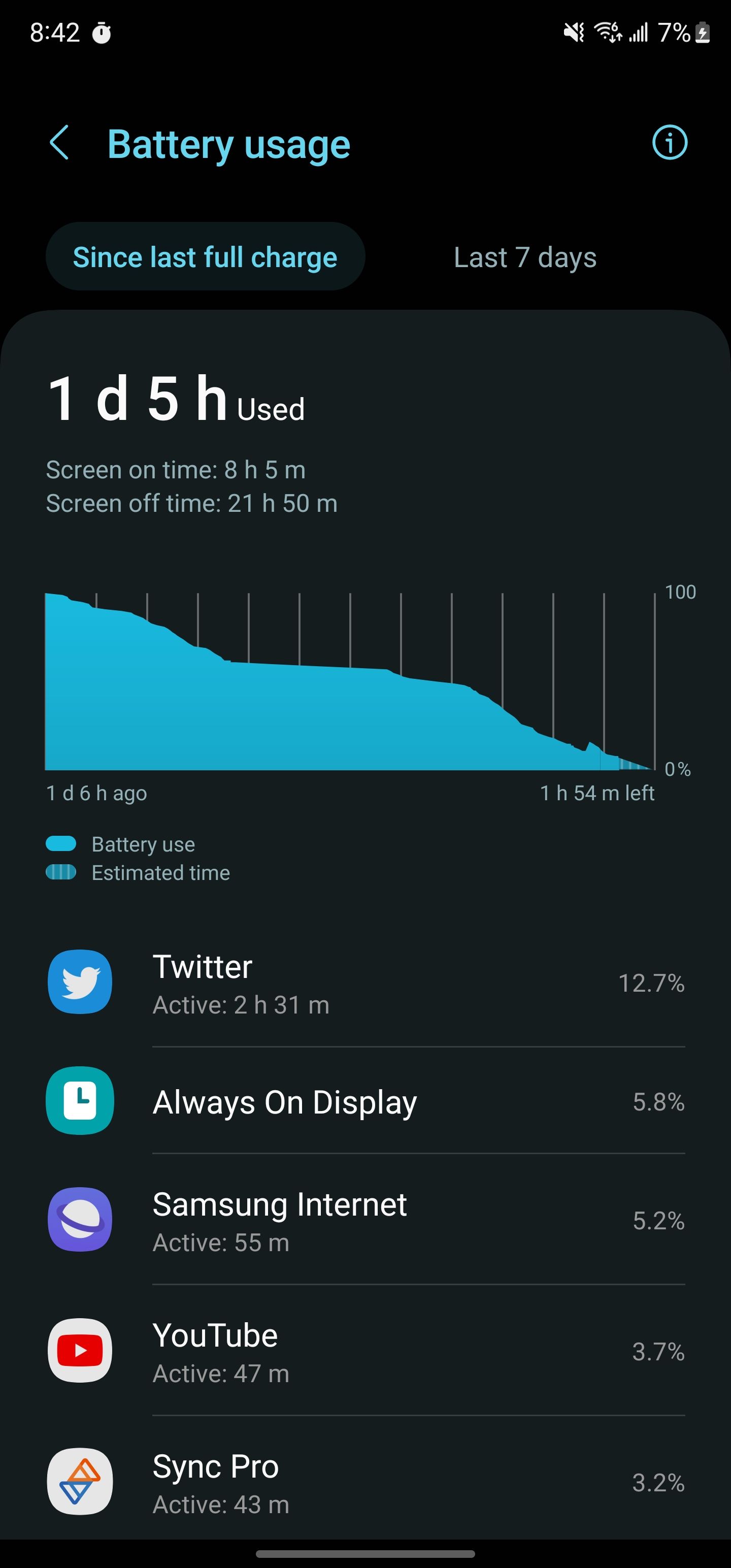
Some battery examples.
Standby time seems fair, though you'll want to disable the AOD if you plan on leaving your phone off the charger overnight. With it enabled, the S23 Ultra loses between eight and nine percent of its battery overnight; that number is cut in half when it's turned off.
As far as charging speeds are concerned, I remain unimpressed with Samsung's efforts here. While the Galaxy S23 Ultra does support 45W fast charging, it's a far cry from the 80W rating on the OnePlus 11 I was previously using as a daily driver. Samsung still requires a PPS-supported power brick to hit these speeds, and despite the countless chargers littering my house — including many rated far above 45W — I don't have one that works properly.
This is a $1,200 smartphone, and I'm not about to suggest anyone rush out to buy yet another expensive accessory — especially when some PPS chargers didn't charge last year's S22 Ultra at full speed anyway. My average charge time of 100 percent when I was below 10 percent fell somewhere between an hour and ninety minutes. All told, it's a disappointment at this price range.
Competition
If you're considering picking up a Galaxy S23 Ultra, you're probably after the best Android experience money can buy. Really, you have two other choices on the market right now: the Pixel 7 Pro and Samsung's own Galaxy Z Fold 4. And truthfully, both are great options.
What the Pixel 7 Pro lacks in sheer power, it more than makes up for as a total package. While I think Samsung's hardware blows Google out of the water, the Pixel 7 Pro is a nice phone — certainly the company's best design to date. It sports an expansive 6.7" display that, while not quite as nice as Samsung's, is more than worthy for your next Netflix marathon. The Tensor G2 SoC falls short of the Snapdragon 8 Gen 2 in both benchmarks and efficiency, but its AI-focused smarts help make up for it.
The Pixel 7 Pro has two advantages going for it: camera and price. While some prefer the full control handed to you by the Galaxy S23 Ultra, Google's latest flagship makes photography easy and painless. It might not offer the same level of manual control as Samsung, but its output speaks for itself. And at $300 less than the S23 Ultra — not to mention routine discounts to save even more cash — it's an easier load on your wallet.
Personally, I also like Google's Android experience over One UI, but this is always going to come down to personal preference. There's nothing wrong with Samsung's software — and in fact, it has some big power user benefits over the Pixel — but you'll need to spend some time tinkering to get it to line up with exactly what you're looking for in a mobile experience. These days, I find I'm not much of a tinkerer.
Of course, if you're after a top-tier Android experience and money's no object, you might want to consider the Galaxy Z Fold 4. At $1,800 — though occasionally on sale for less — it's even more expensive than the S23 Ultra, but you're getting a pretty serious piece of hardware for the price. With two displays, including an exterior 6.2" screen and a foldable 7.6" panel, this device is a productivity dream. It supports the S Pen for notetaking, runs Android 13 with One UI 5, and is set to receive security patches until 2027. Even the older Snapdragon 8+ Gen 1 is nearly as powerful and efficient.
But not everyone wants a foldable, and the added fragility of the device may turn off some potential buyers. The camera lineup also fails to keep up with the S23 Ultra in most ways; it's not exactly bad, but it's missing the sheer flexibility of Samsung's latest phablet. Plus, it's $1,800. That's a damn expensive phone, even if the hardware is mighty impressive.
It's also worth considering the Galaxy S23+, Samsung's middle child of its latest flagship lineup. For $200 less than the Ultra, the Galaxy S23+ loses out on that 200MP sensor (along with the 10x periscope lens), a 1440p display, and, of course, the S Pen. But since the initial publication of this review, I've managed to spend some time with Samsung's $1,000 smartphone, and I think for some people, it's absolutely worth those trade-offs.
I don't think the vast majority of users will notice a drop in quality from the 1080p display — I didn't — or from the 50MP sensor over Samsung's 200MP option (unless they're shooting in full-res mode in order to zoom into a specific portion of the photo). I also didn't really miss the S Pen, and, truthfully, coming from the behemoth that is the Ultra, the S23+ felt downright svelte in my hand. Really, it's the 10x periscope lens I missed the most, but I'm not sure whether it's worth $200 on its own.
Should you buy it?
The Galaxy S23 Ultra is as safe a phone as Samsung has ever made. It also just so happens to be one of its best. If you're in the market for a new phone — and money's no object — the Samsung Galaxy S23 is a fantastic choice. It's blazing fast, has the best display on a smartphone right now, features an excellent array of cameras, and sports a battery big enough to get you well past a full day's use. It's definitely expensive, but this phone is built to last. I can't imagine what Samsung could possibly roll out in the next couple of years that would convince anyone with an S23 Ultra to throw it away. Basically, it's peak smartphone.
But if your current daily driver is serving you just fine, you shouldn't feel pressured to upgrade. Galaxy S22 Ultra owners — specifically those with Qualcomm chips — certainly fall into this category, but I'd argue Galaxy S21 Ultra owners do as well. Even those with a Galaxy Note 20 Ultra can probably hold onto their current device for another year. We've reached the point where smartphones are built to last, and unless you're a Samsung shareholder, I think that's a good thing.

